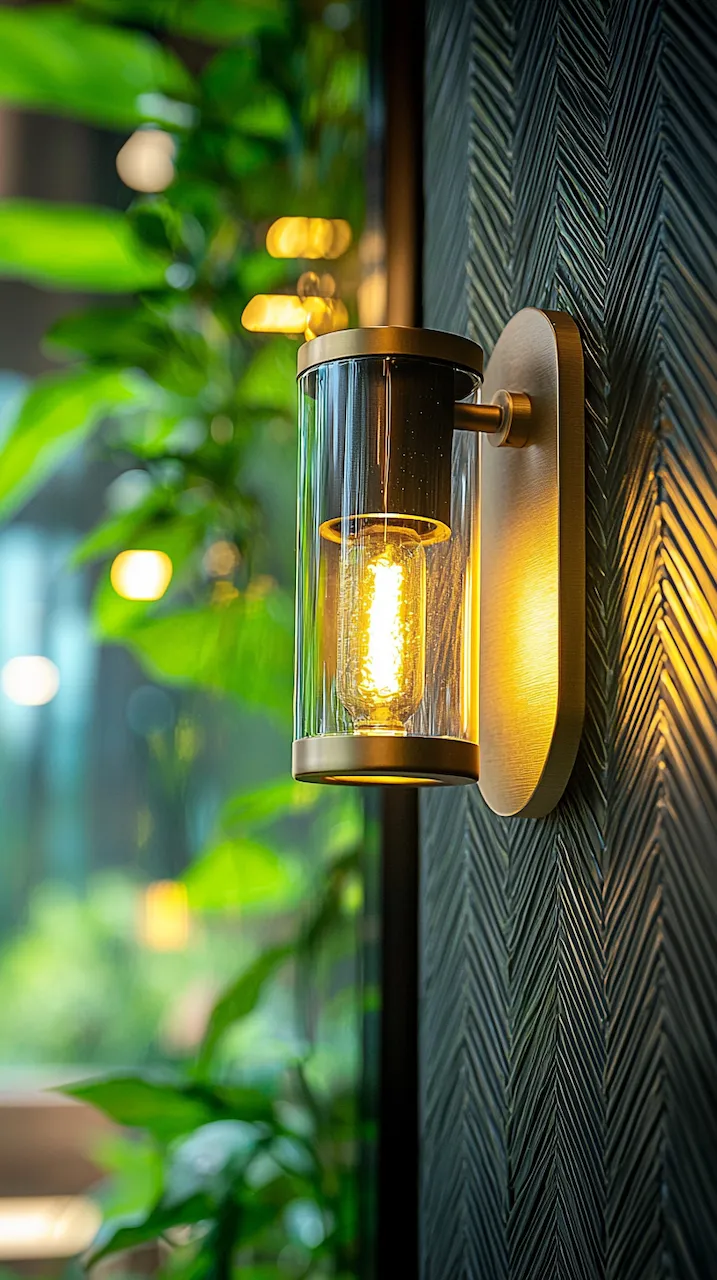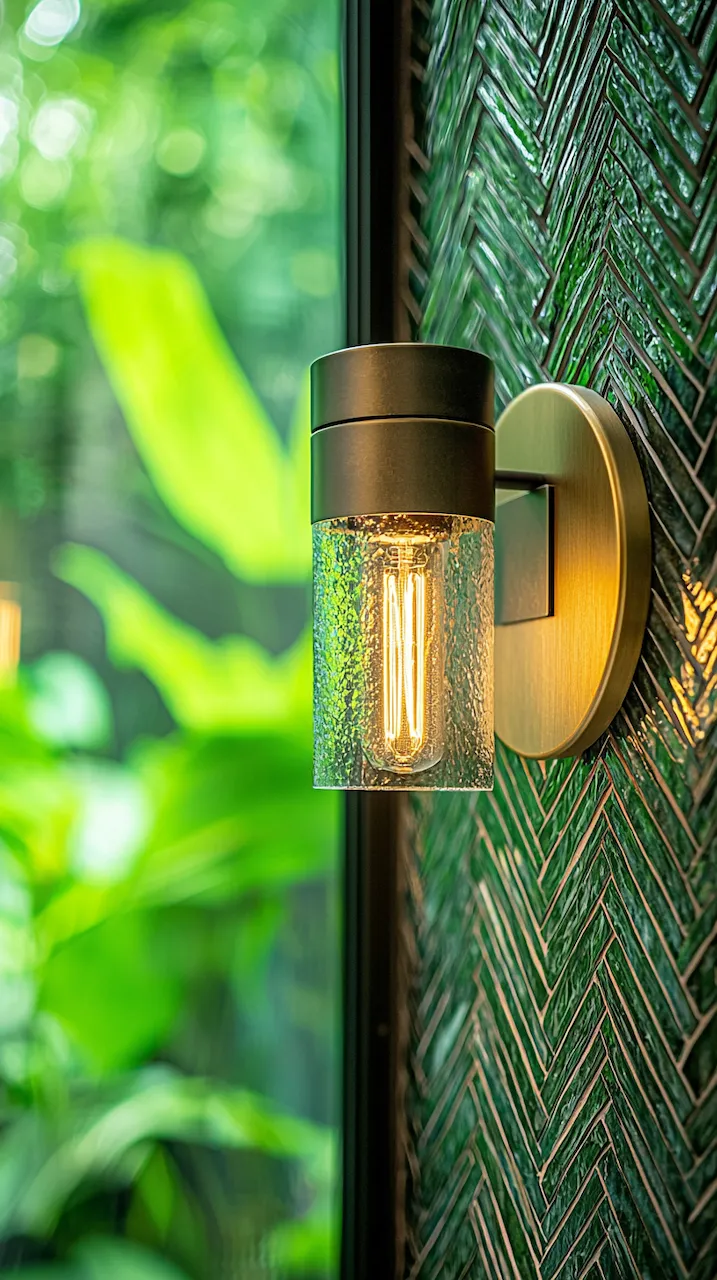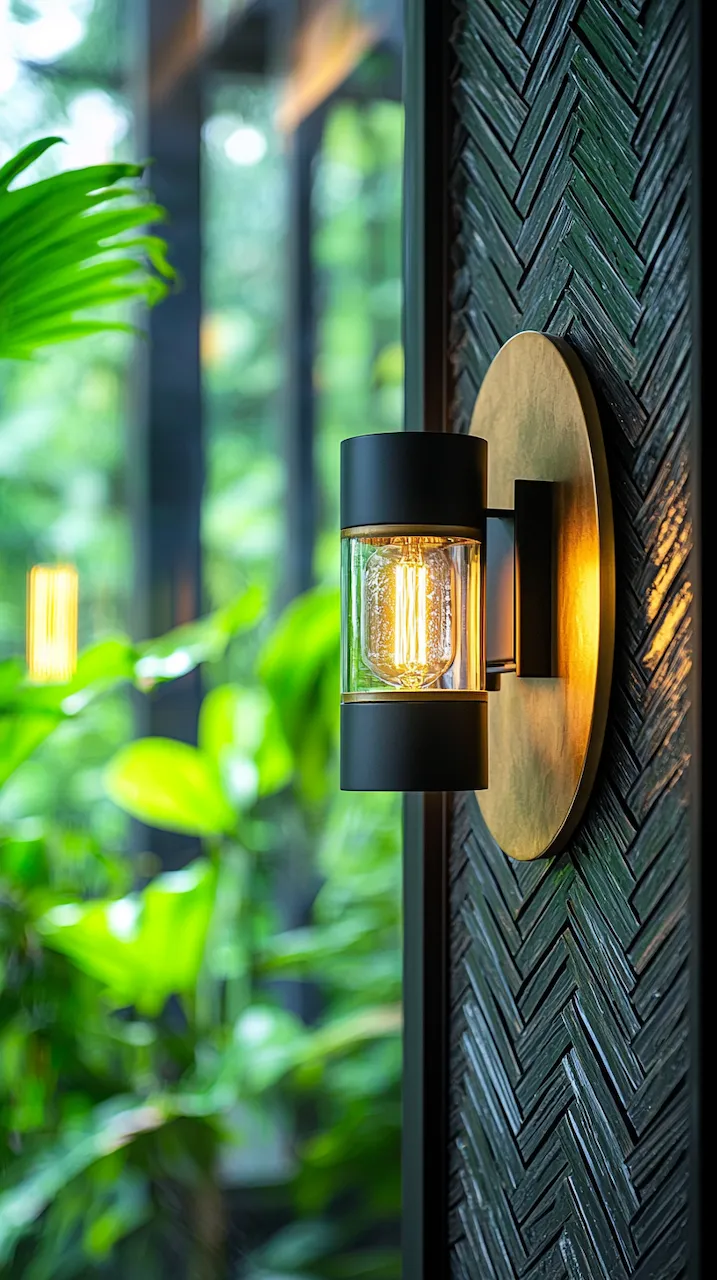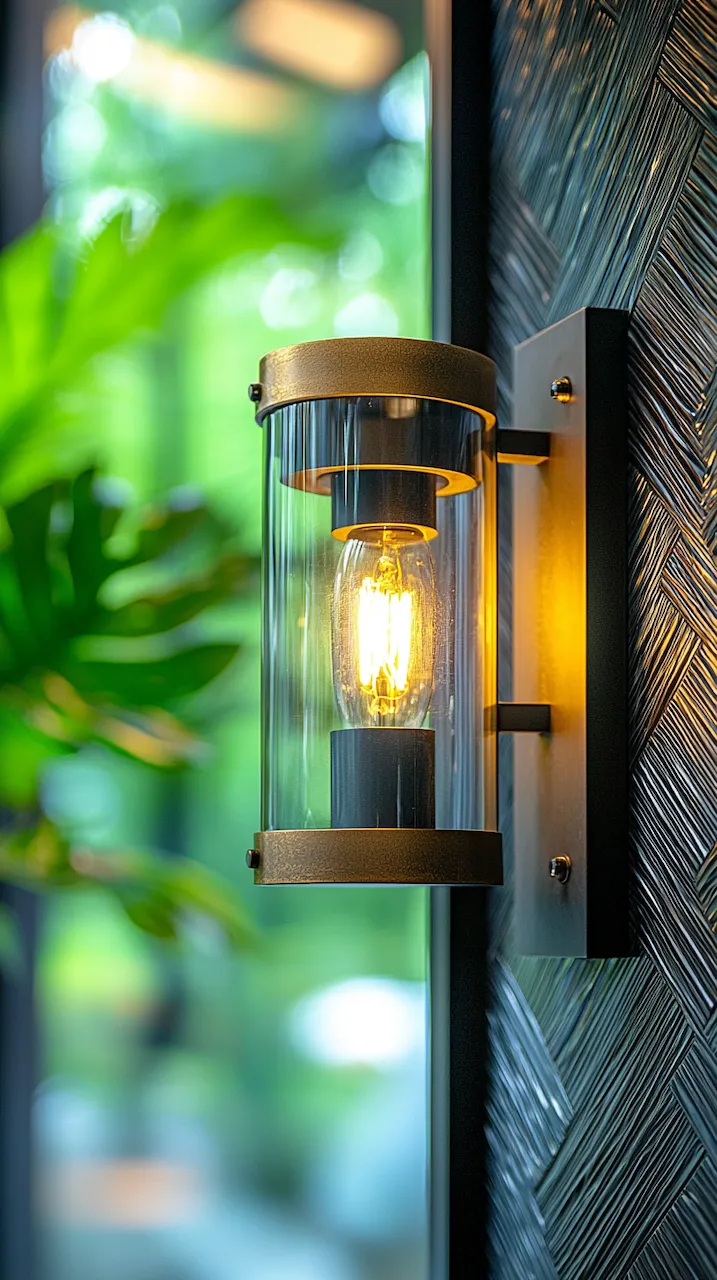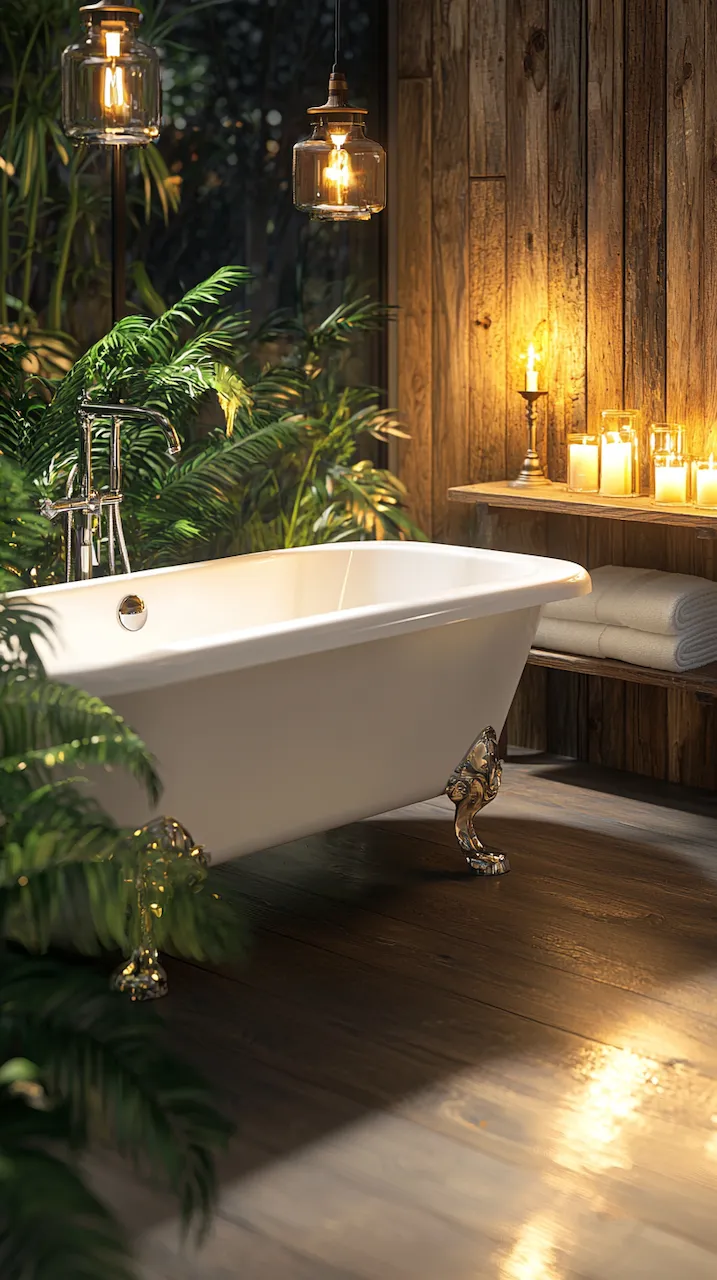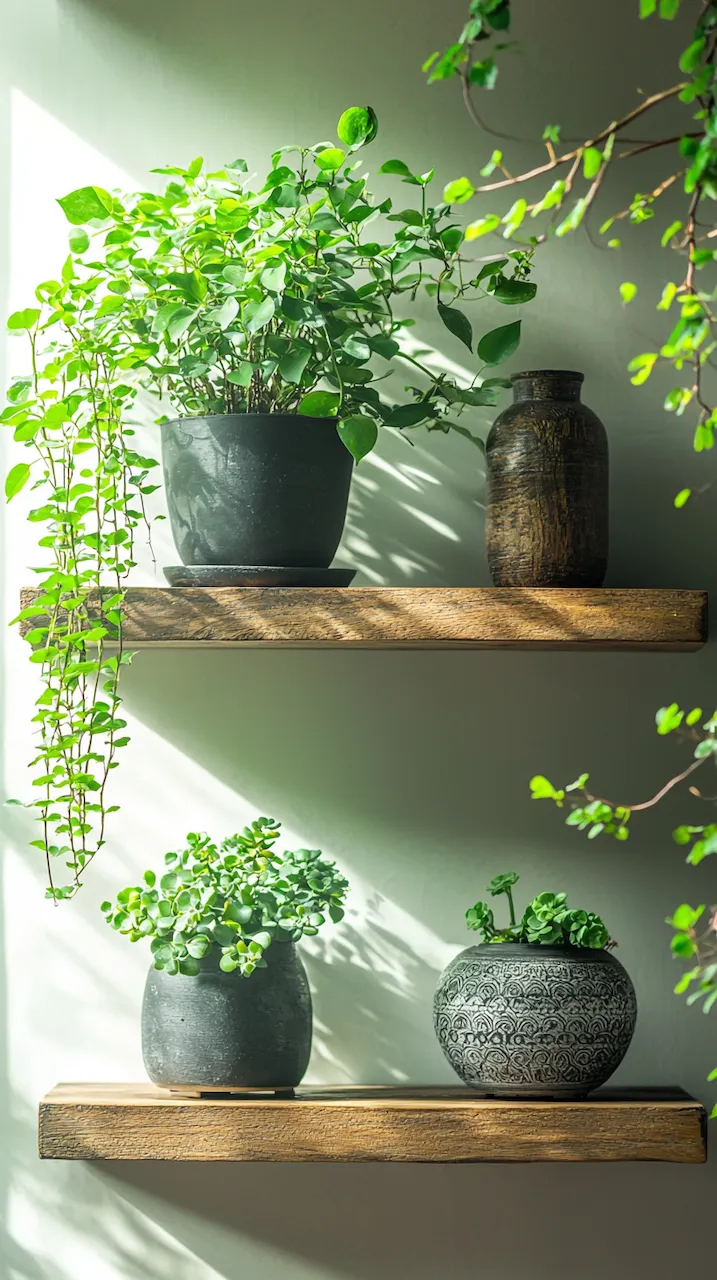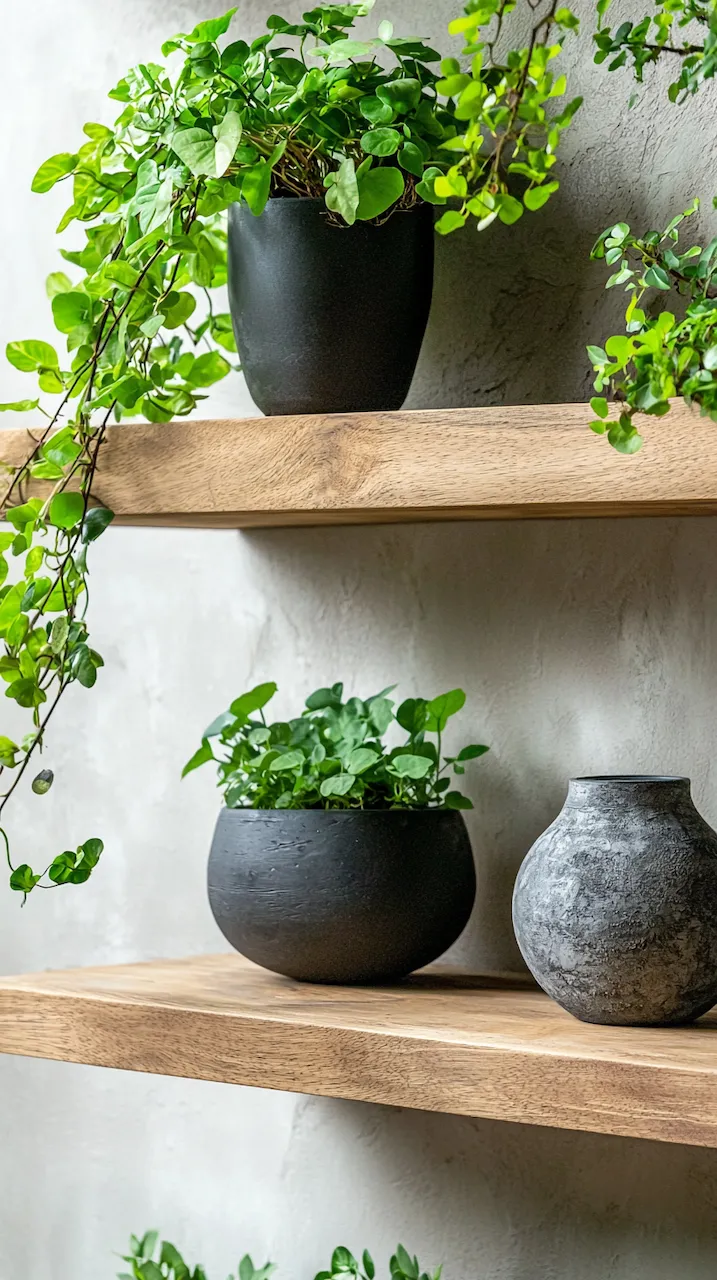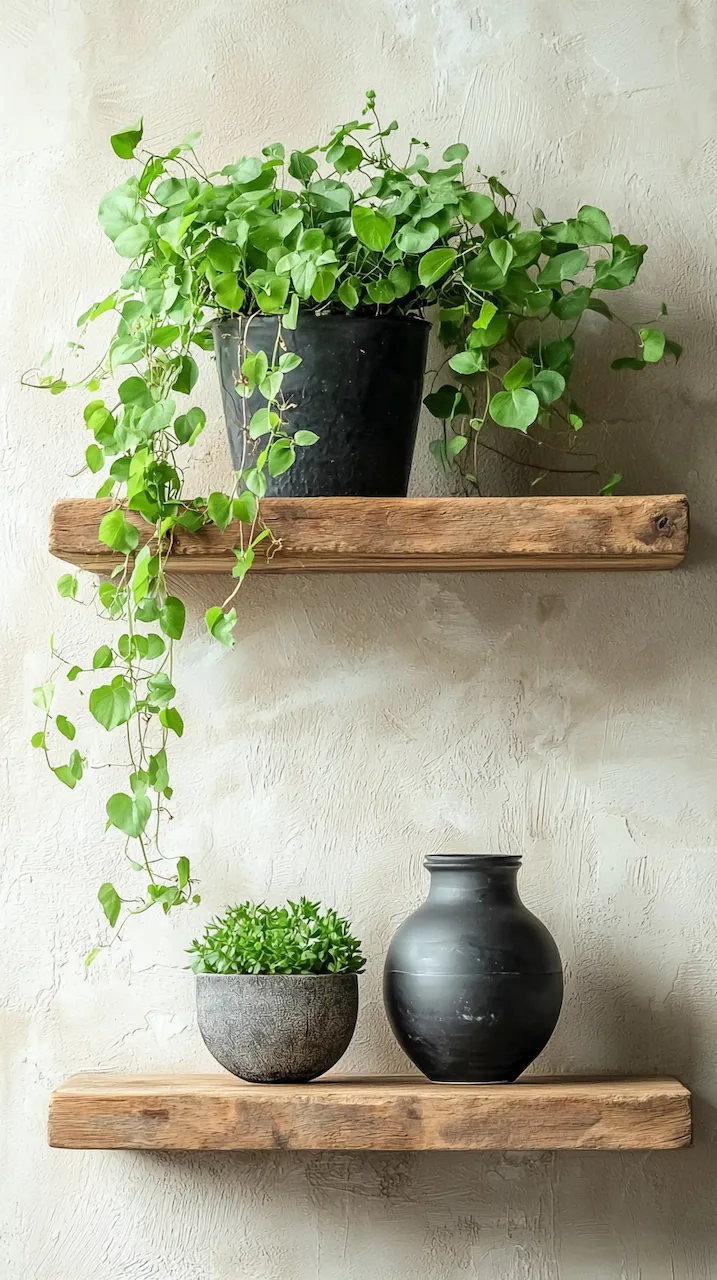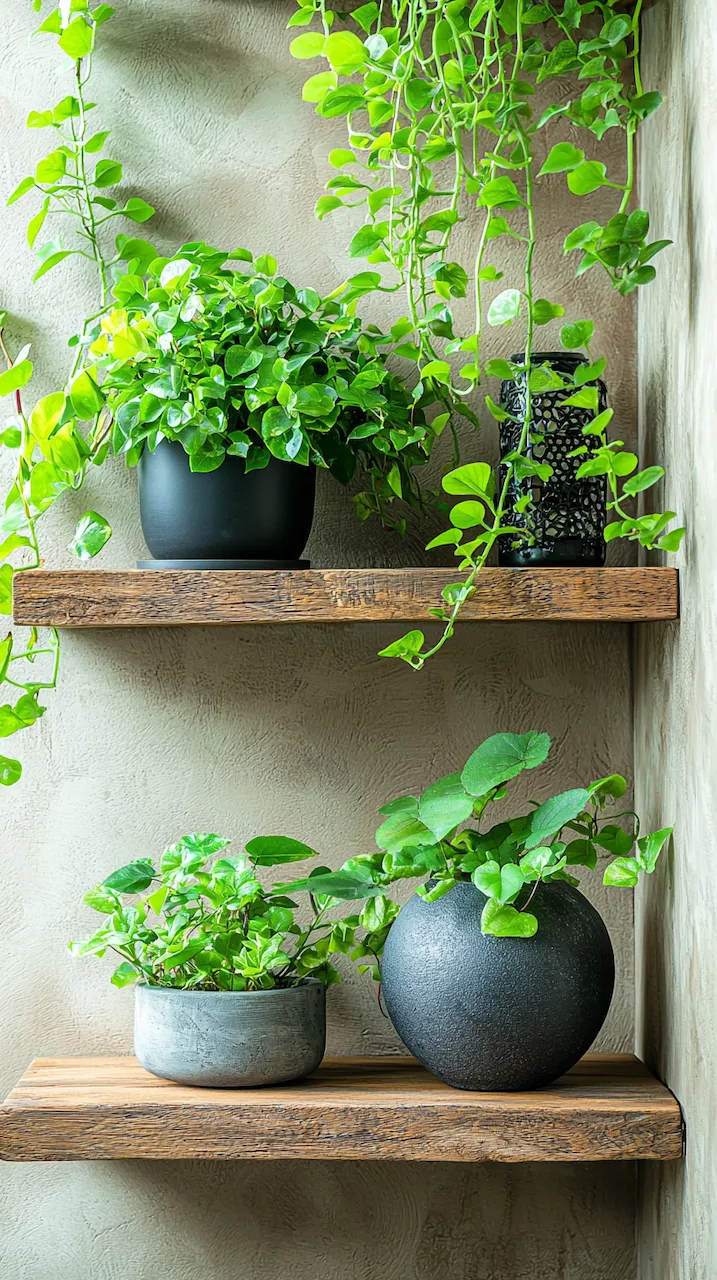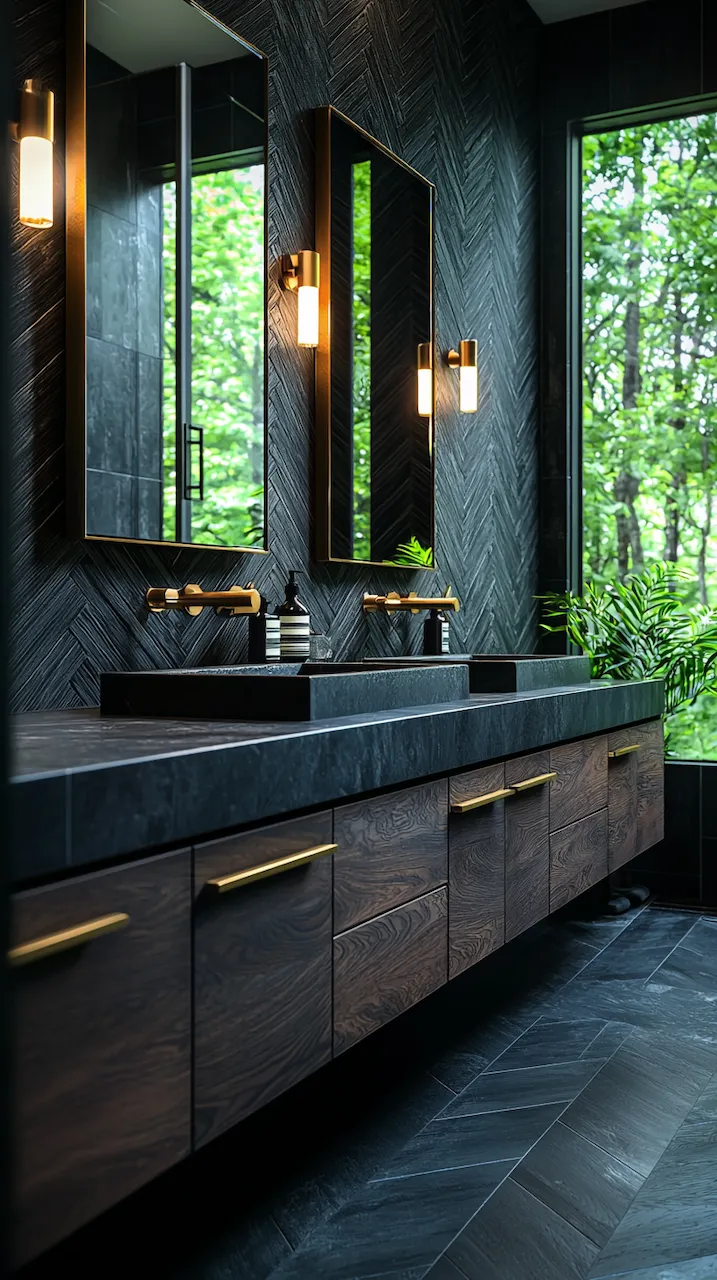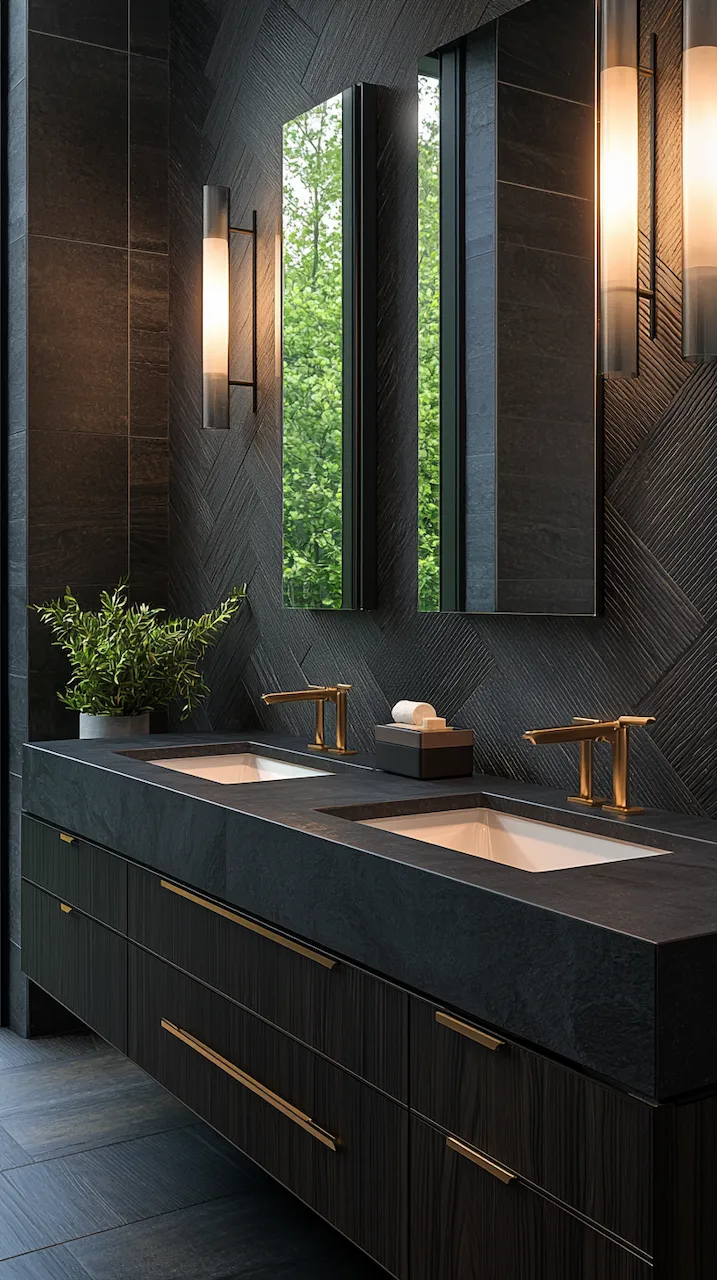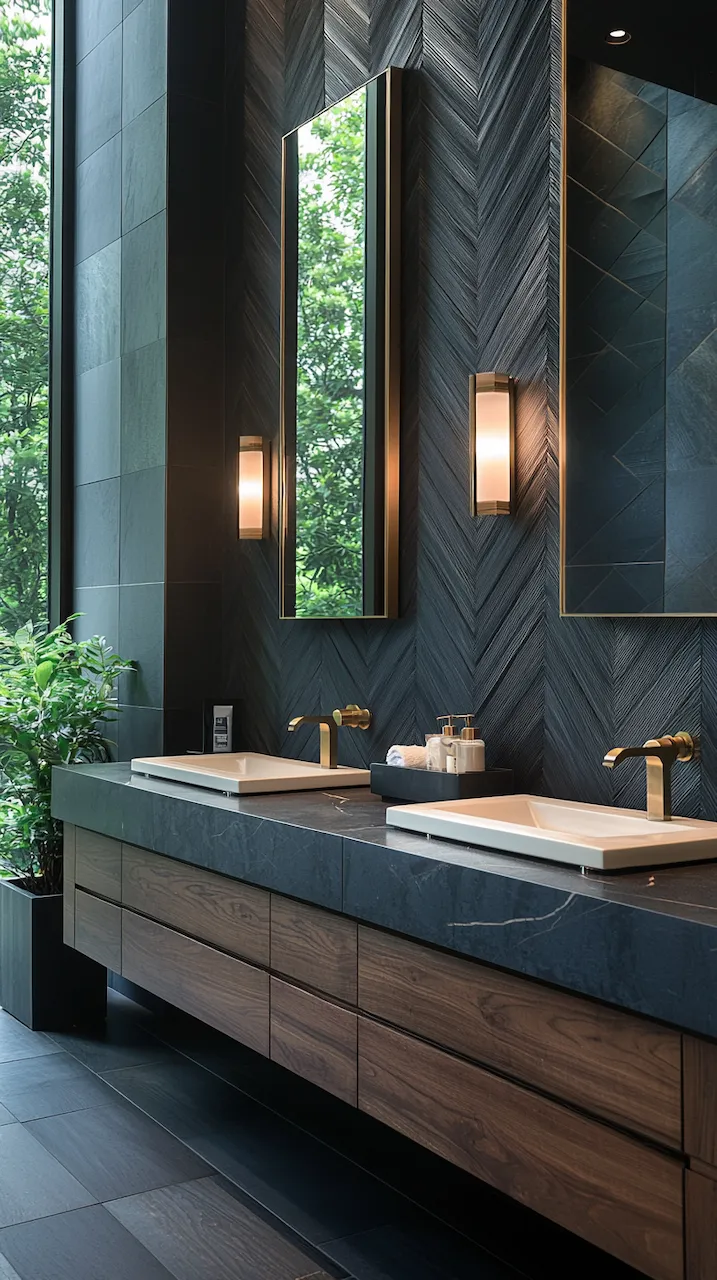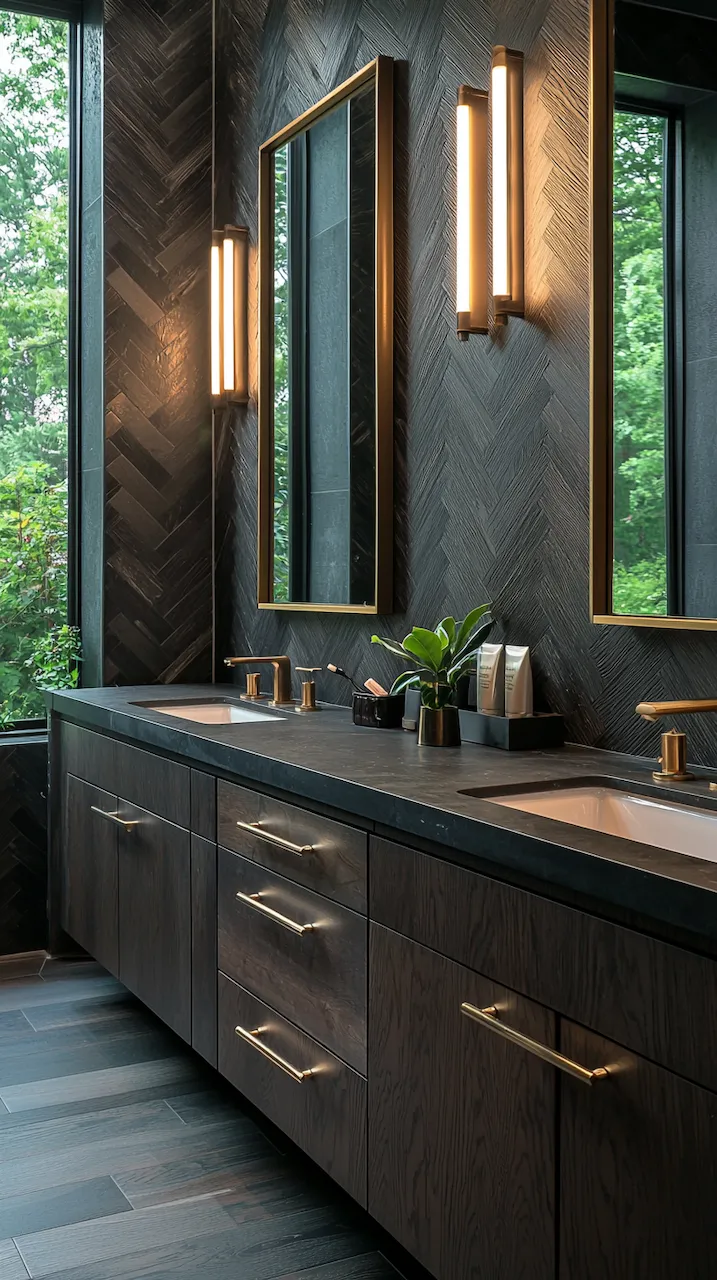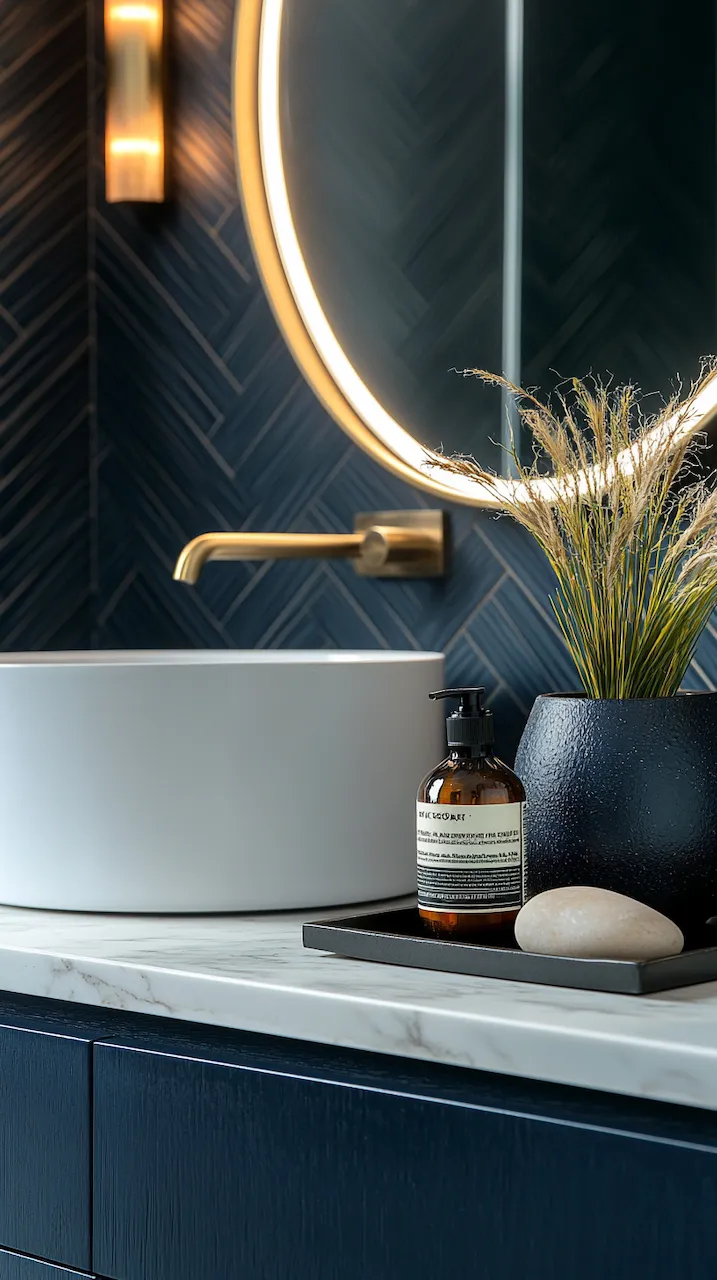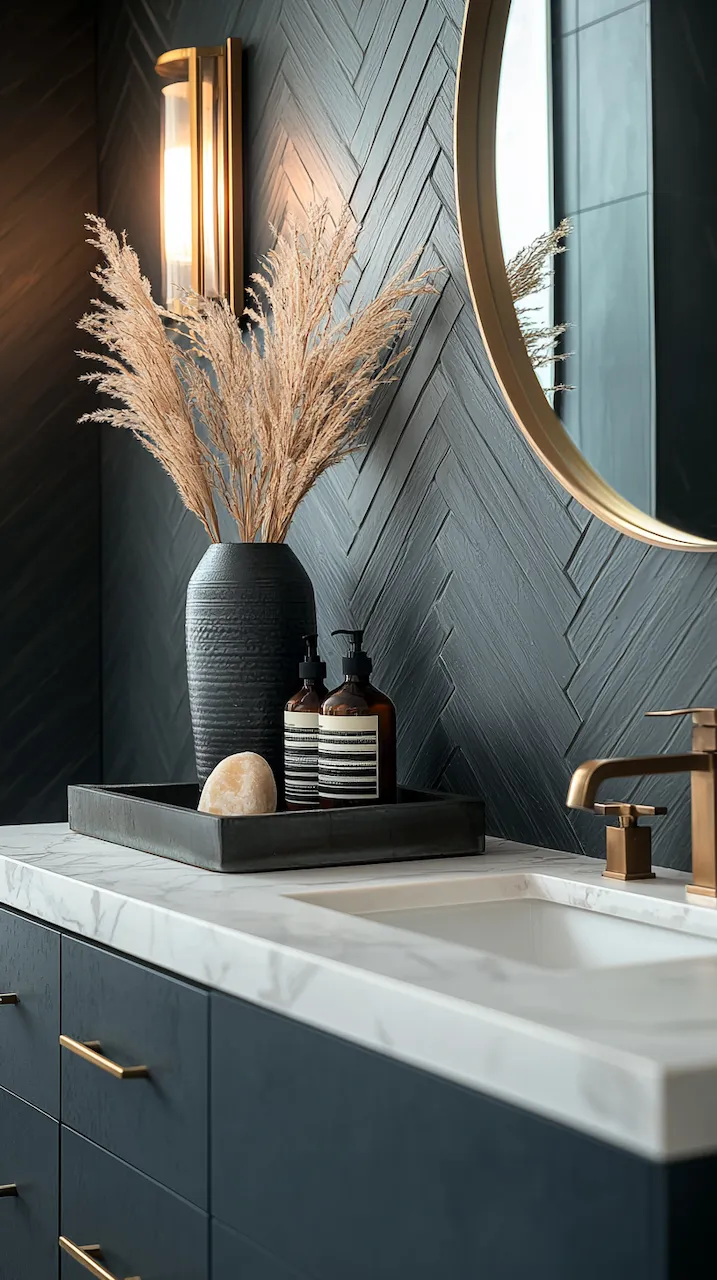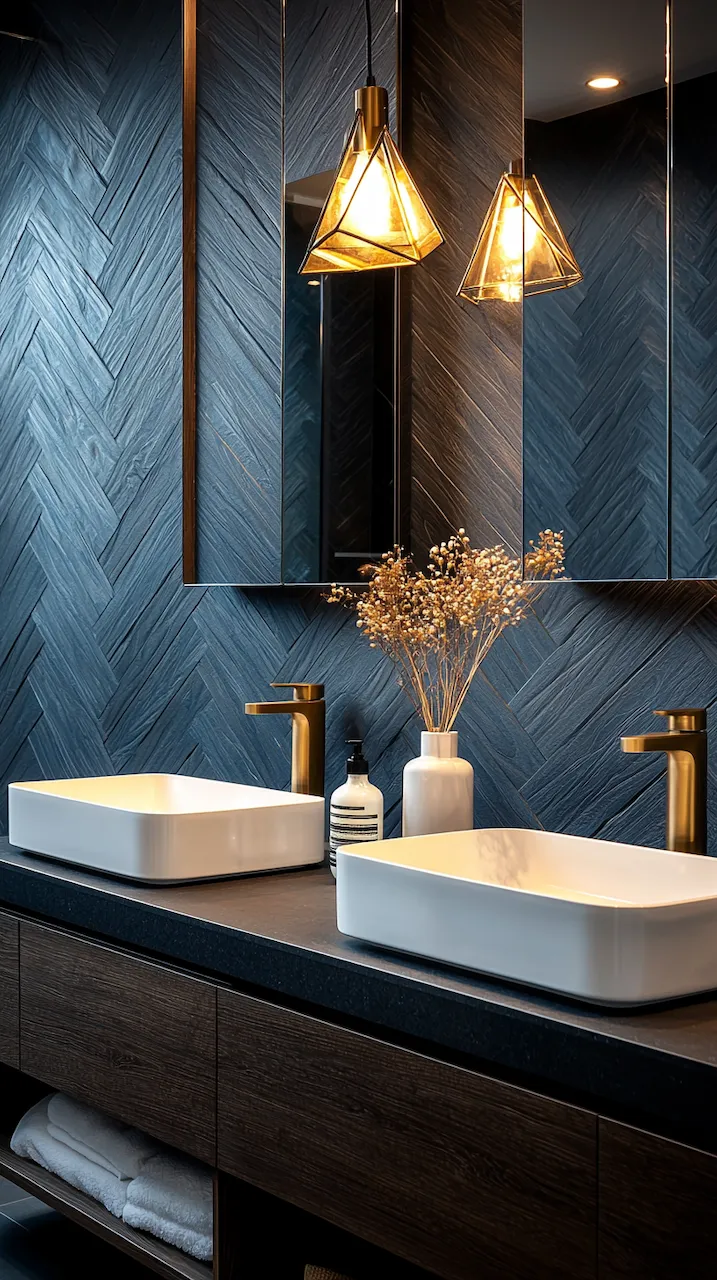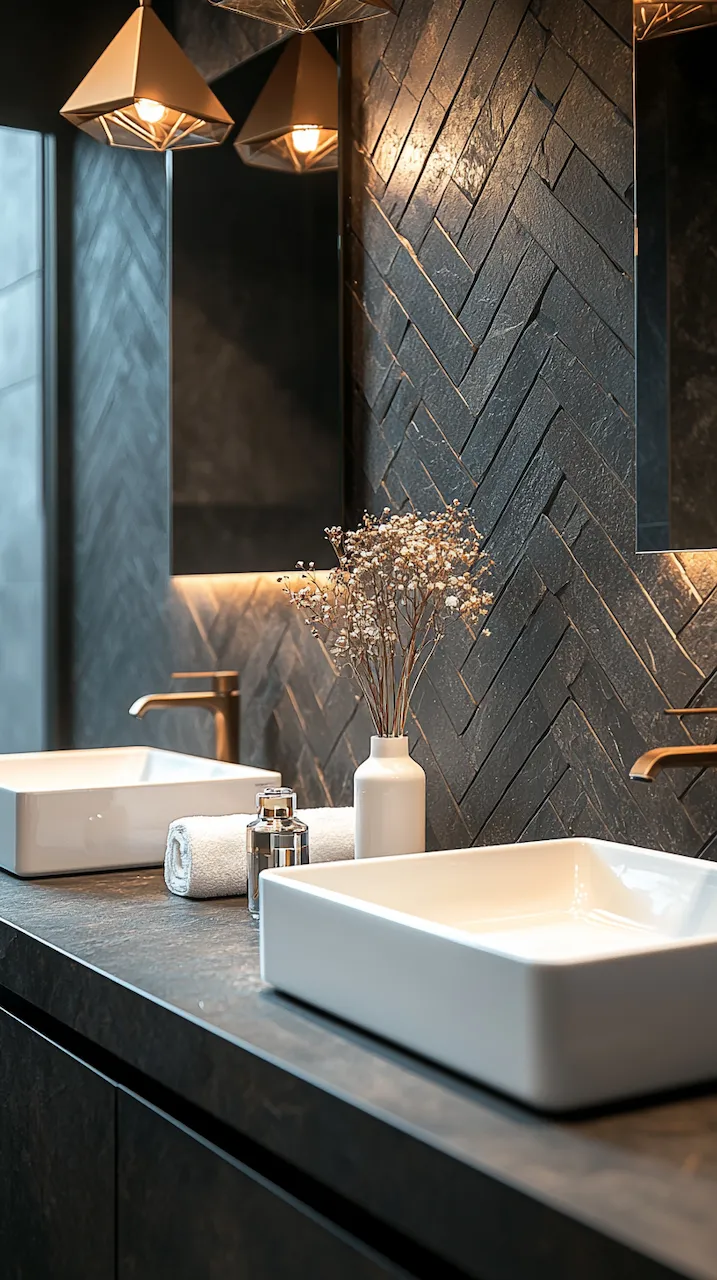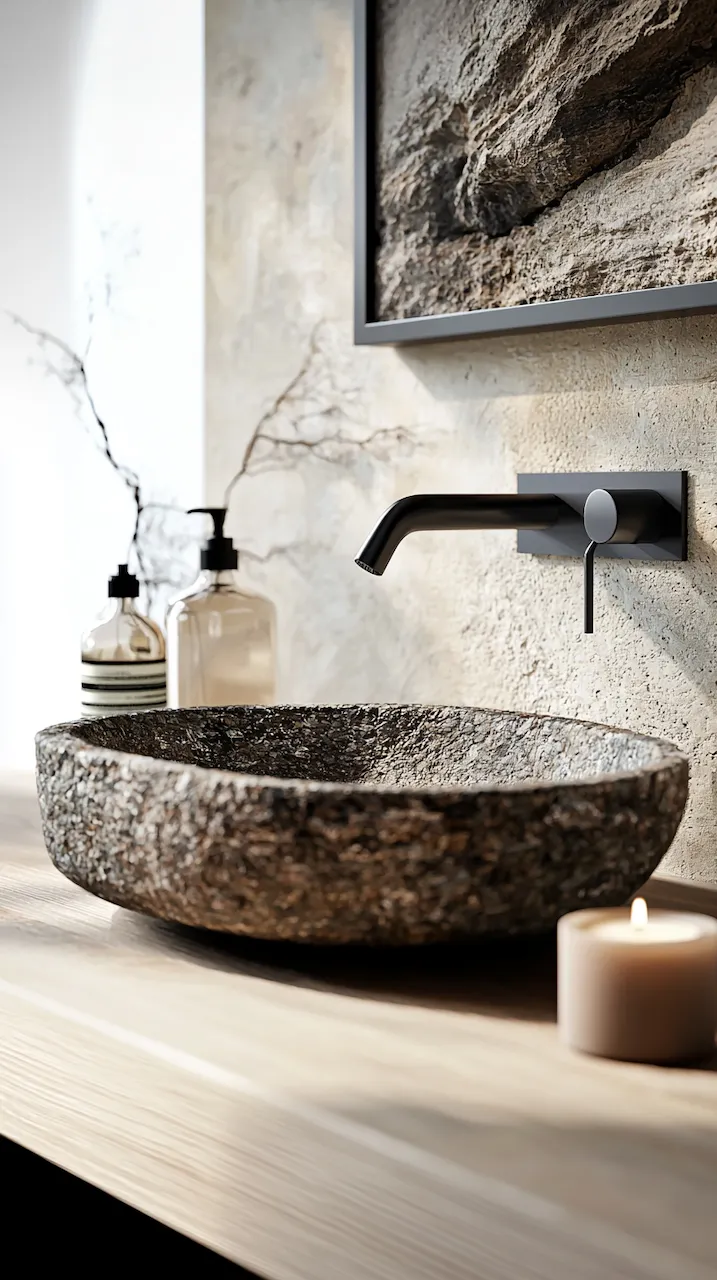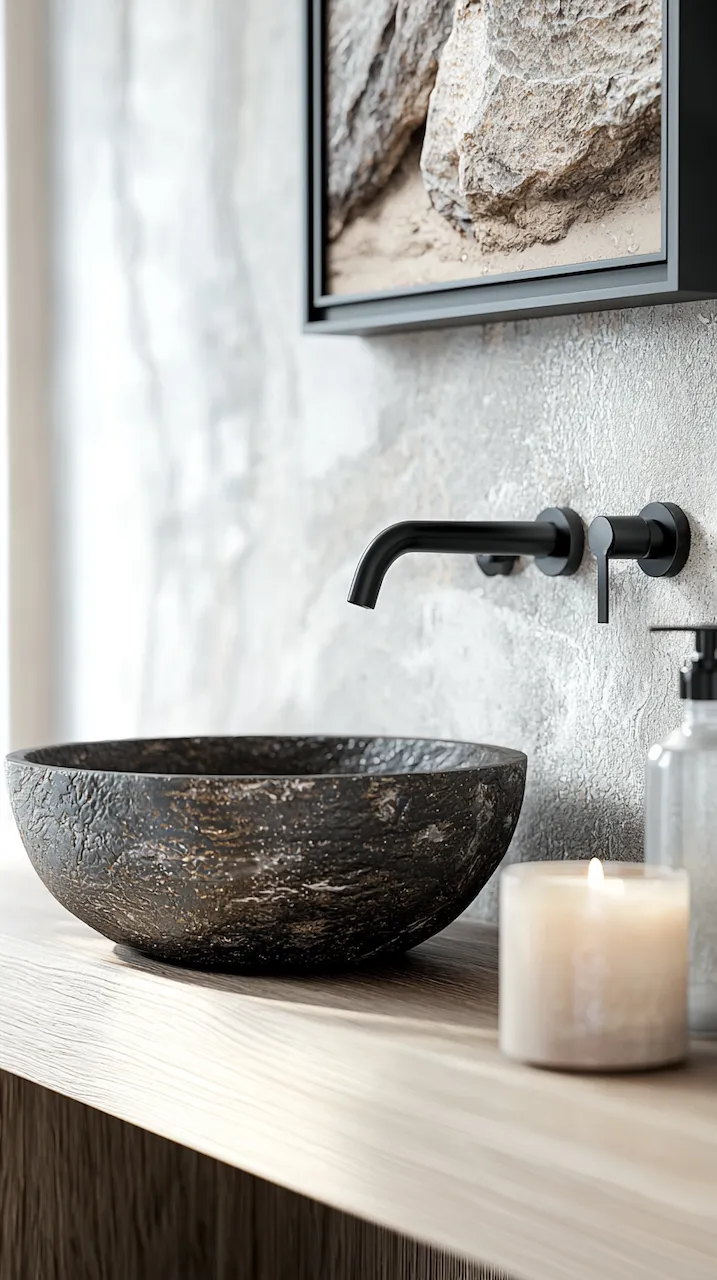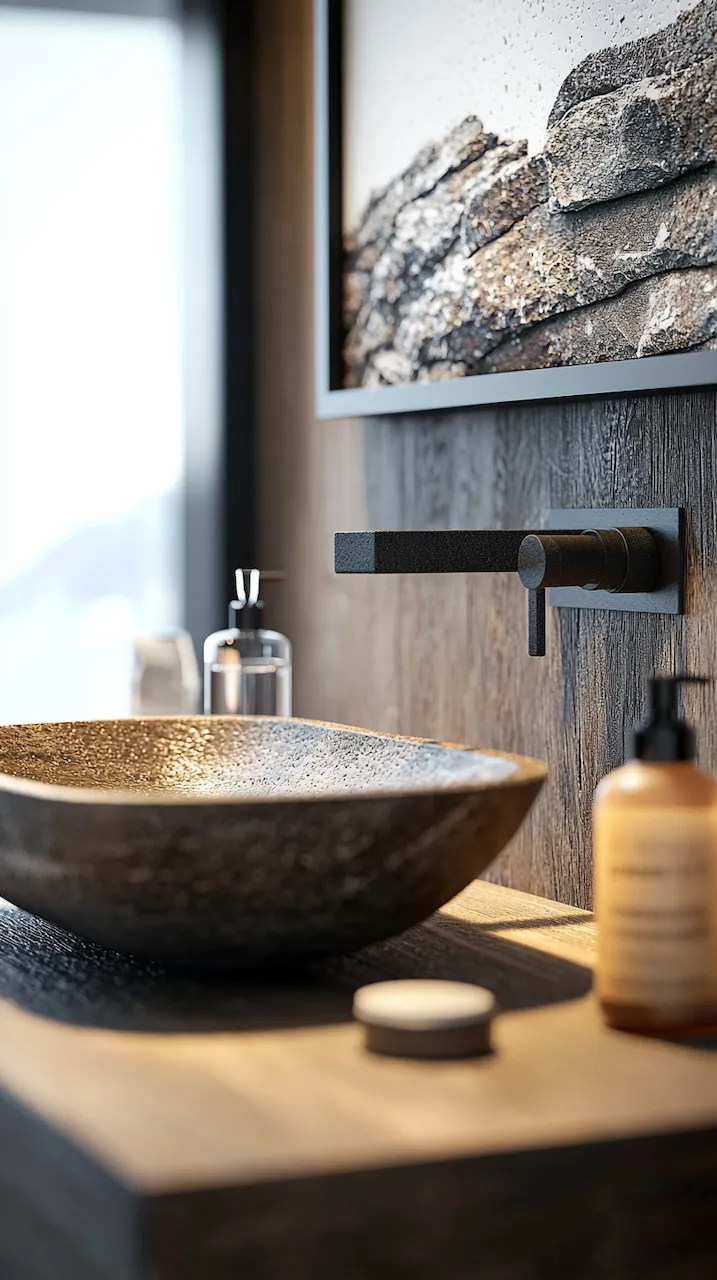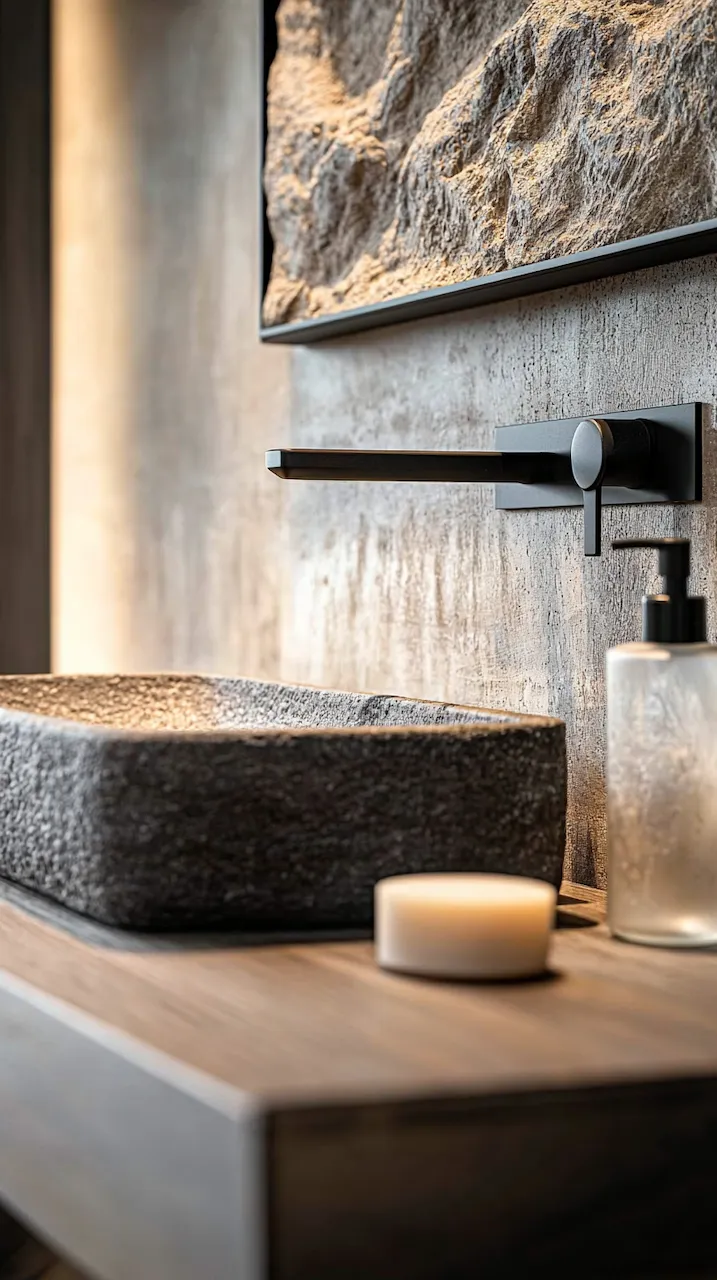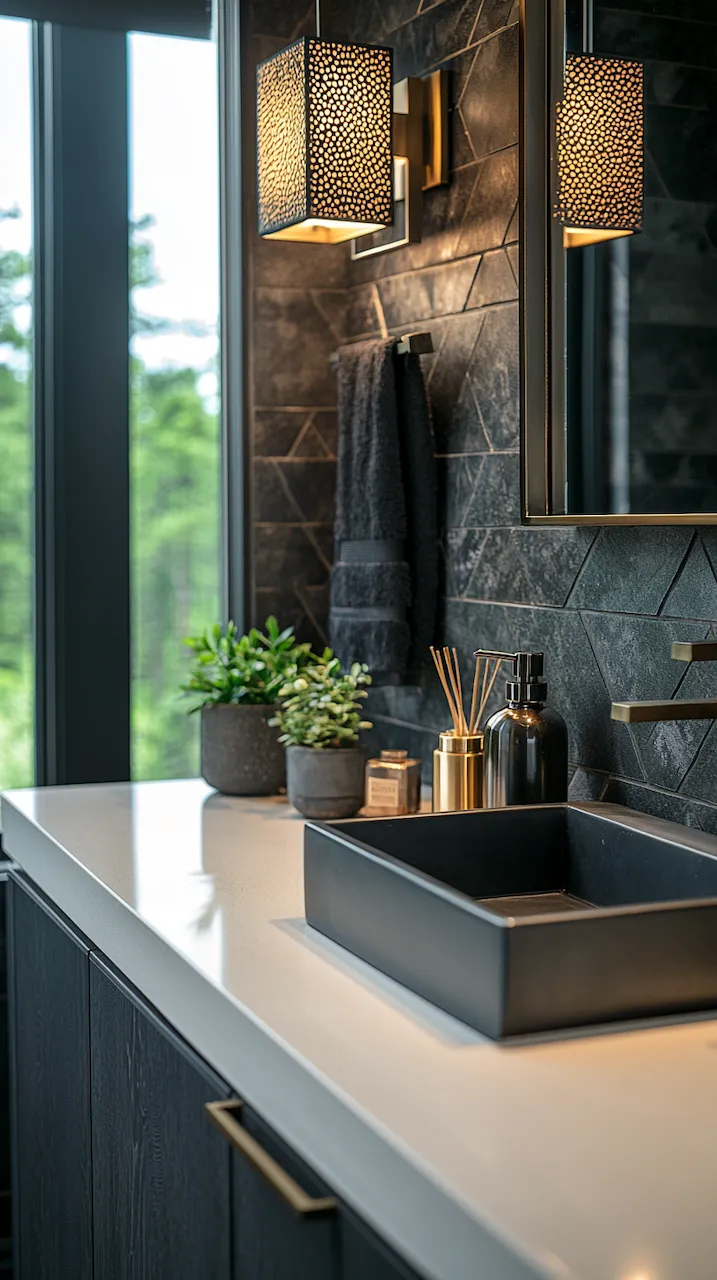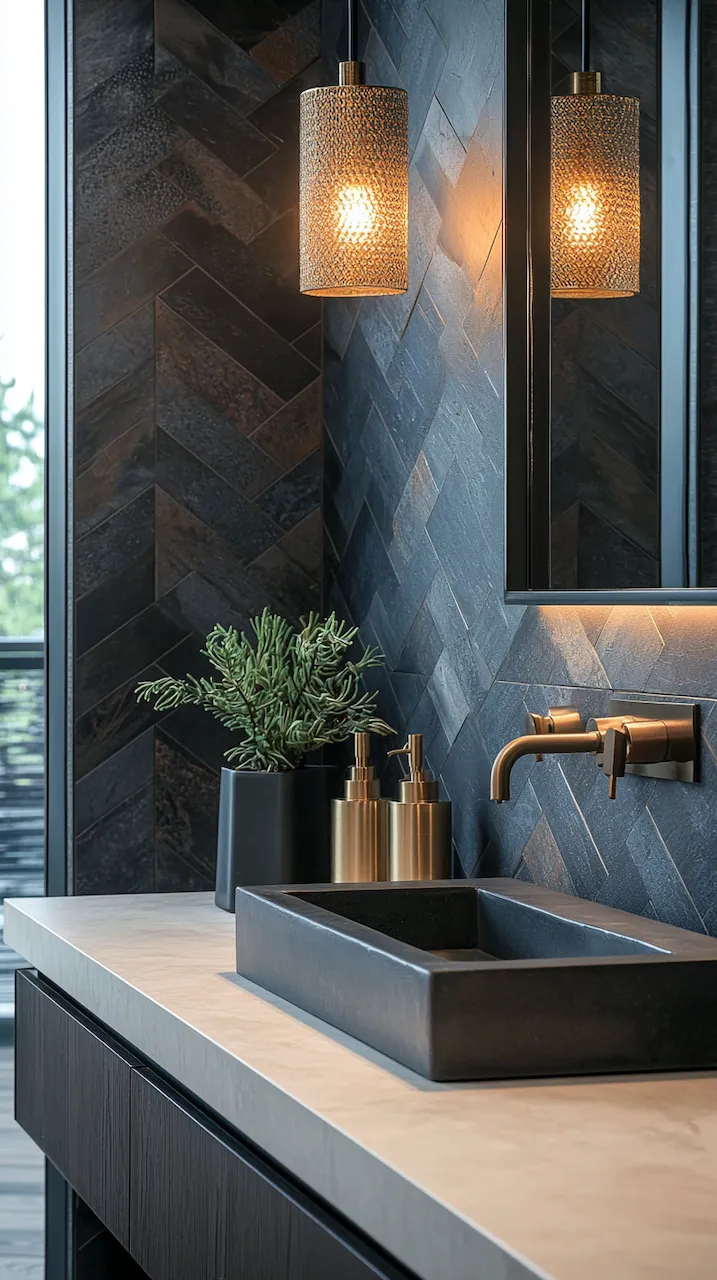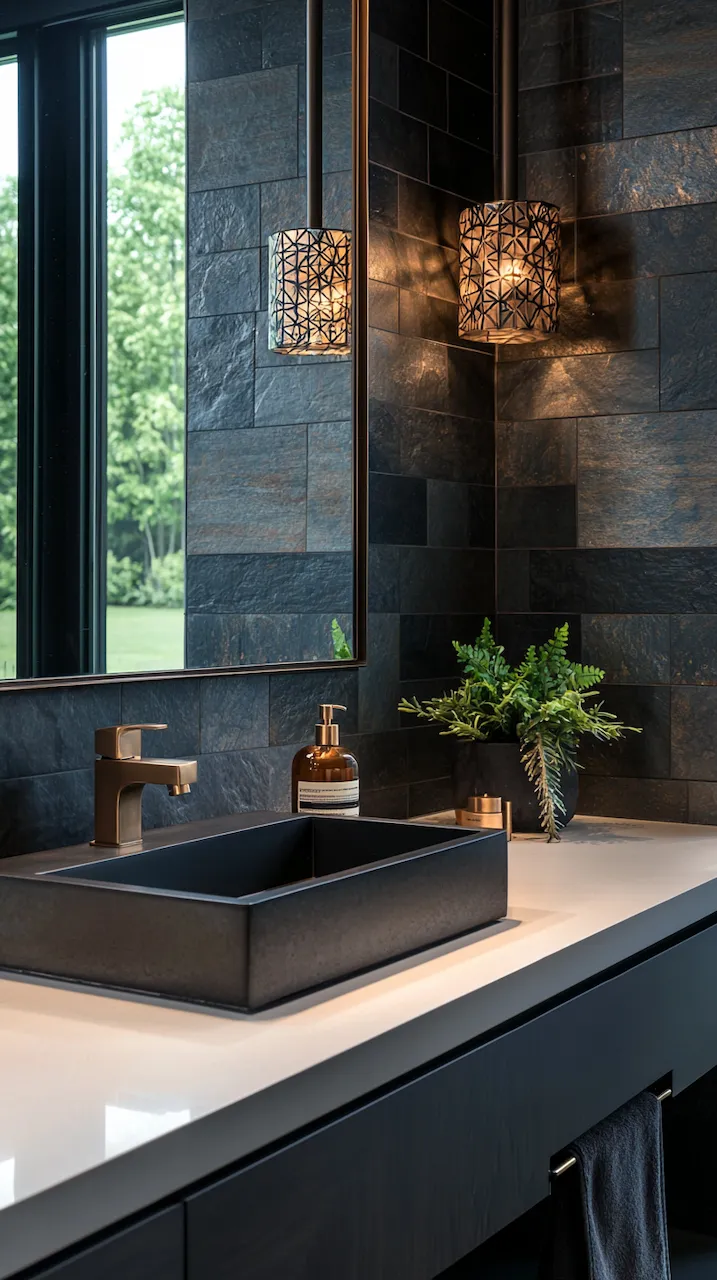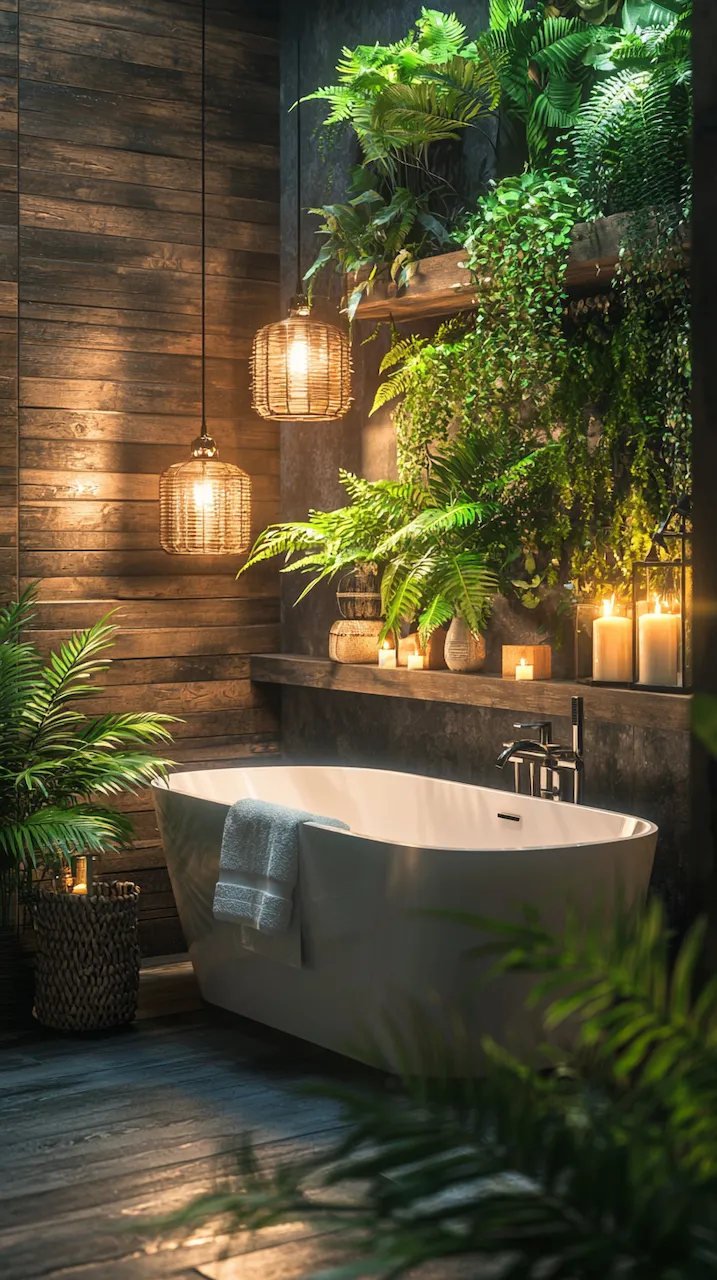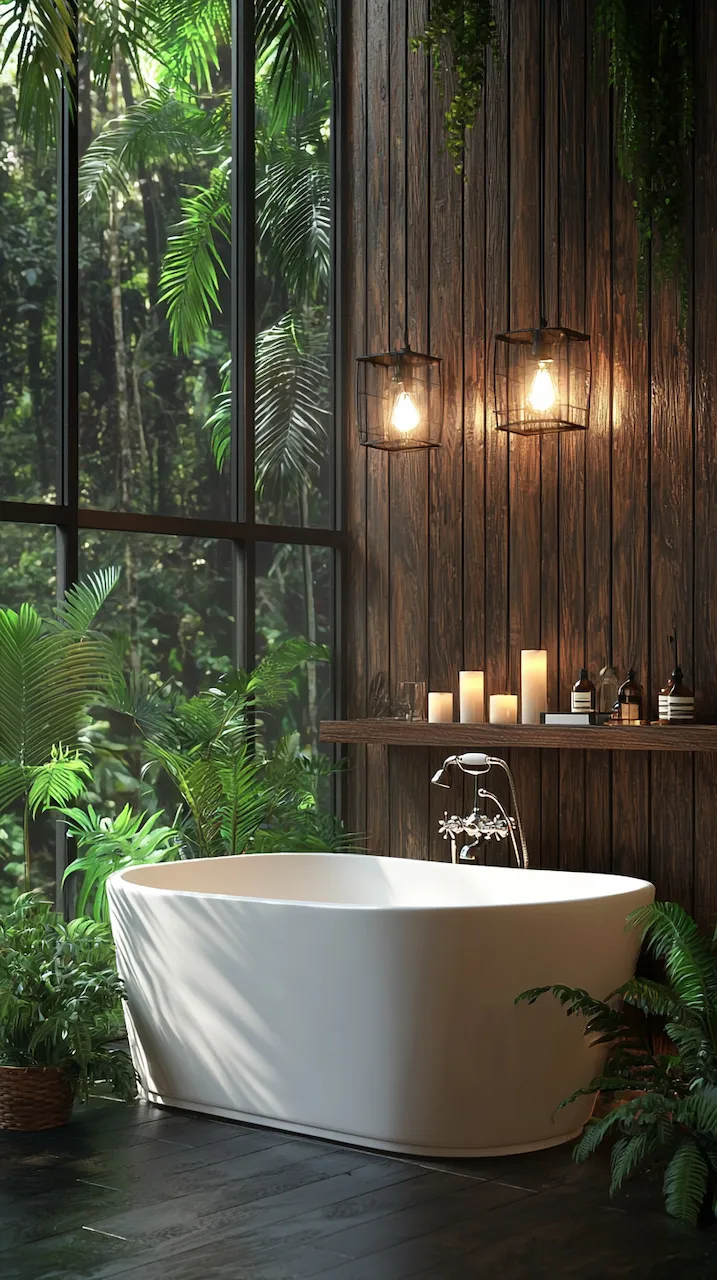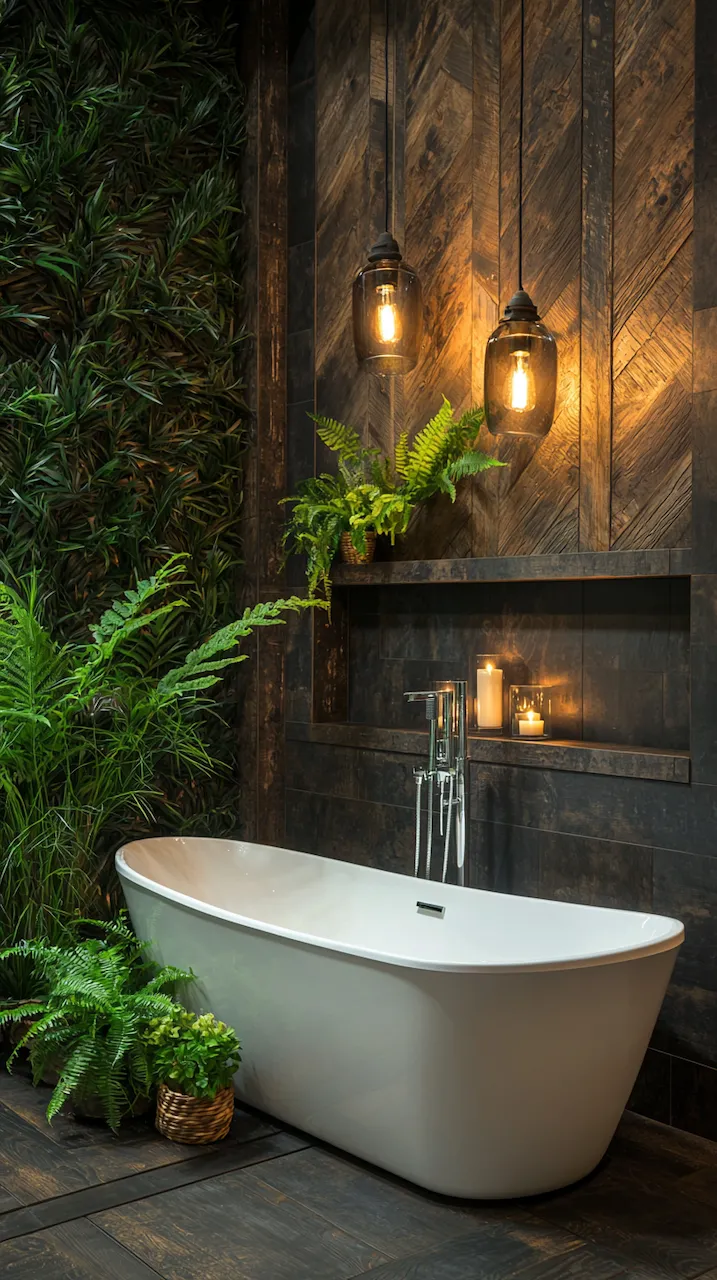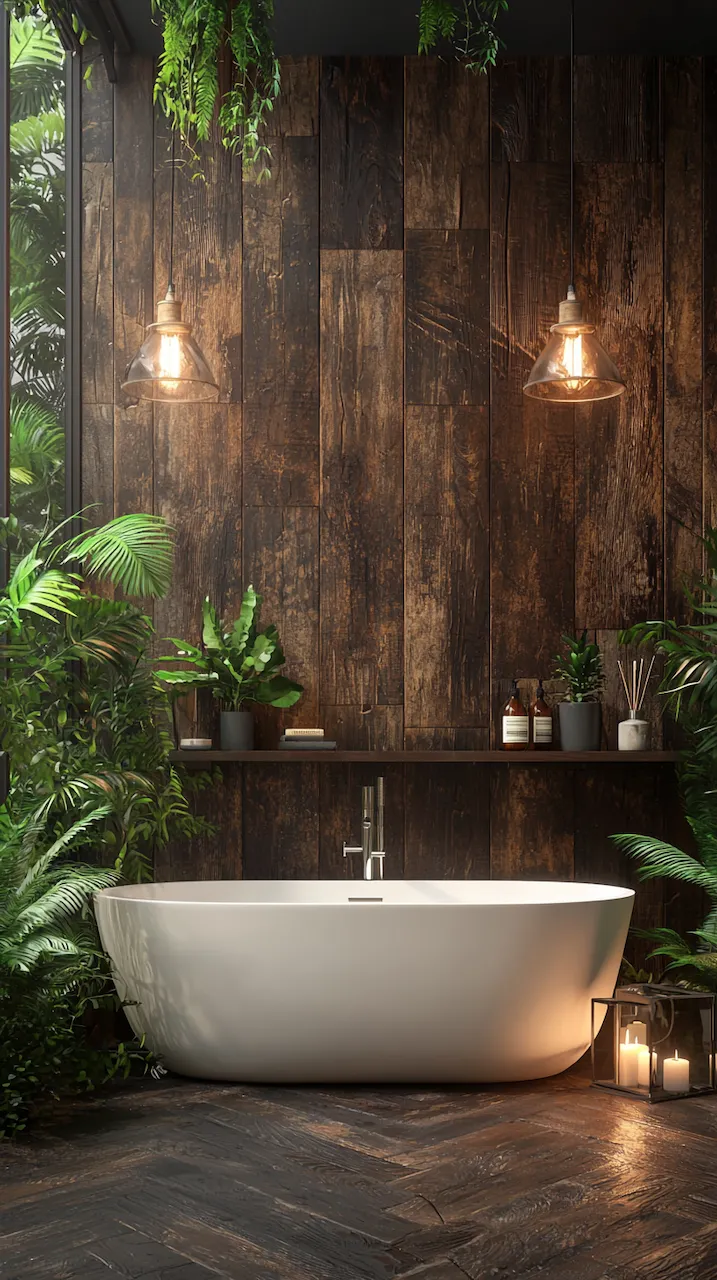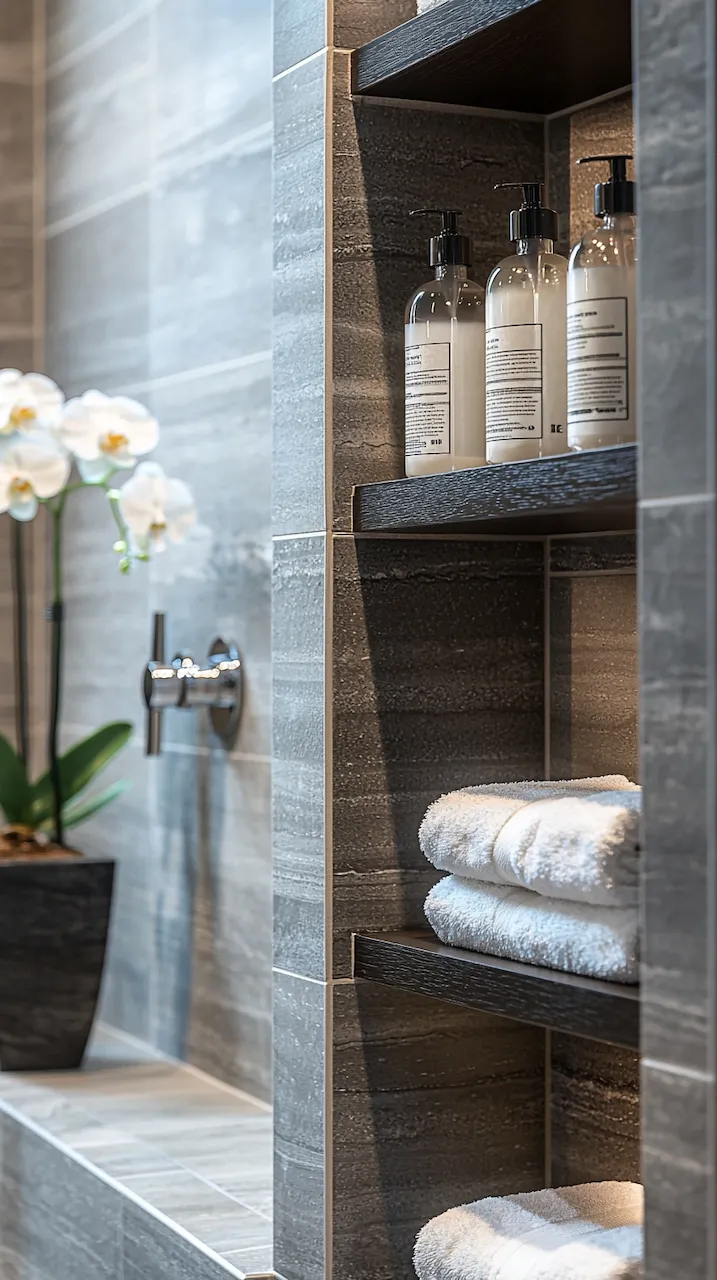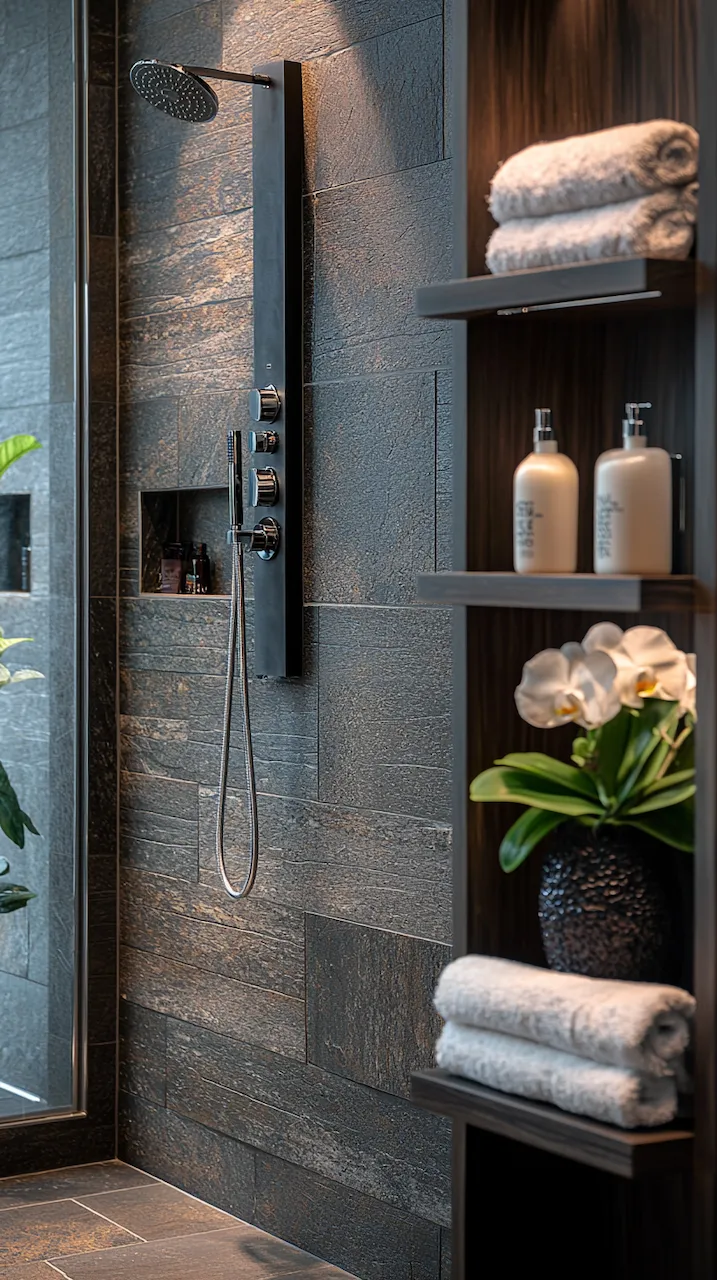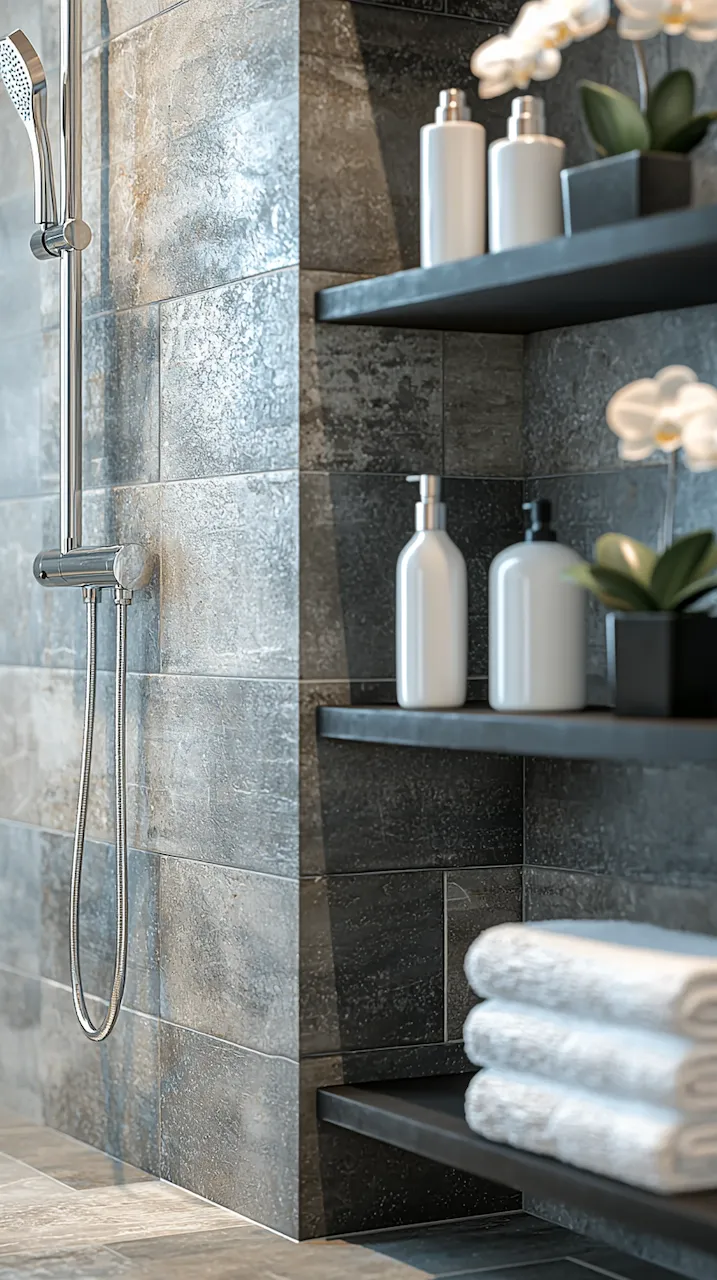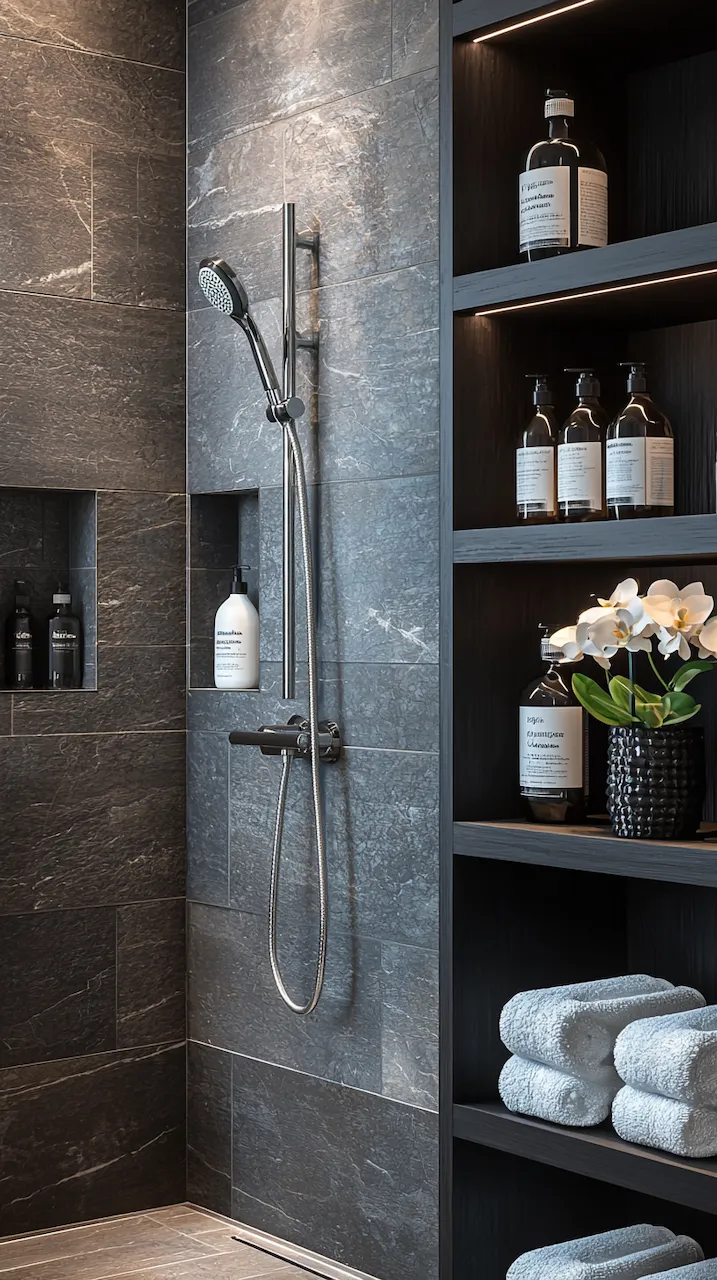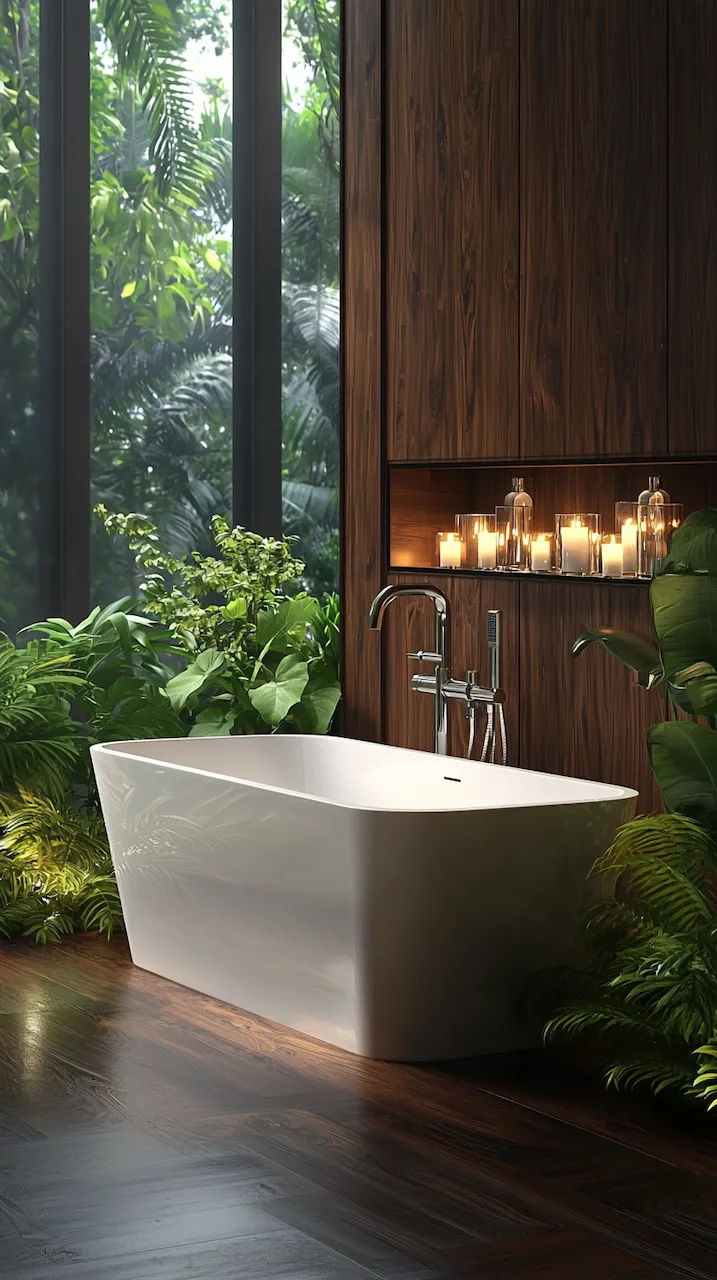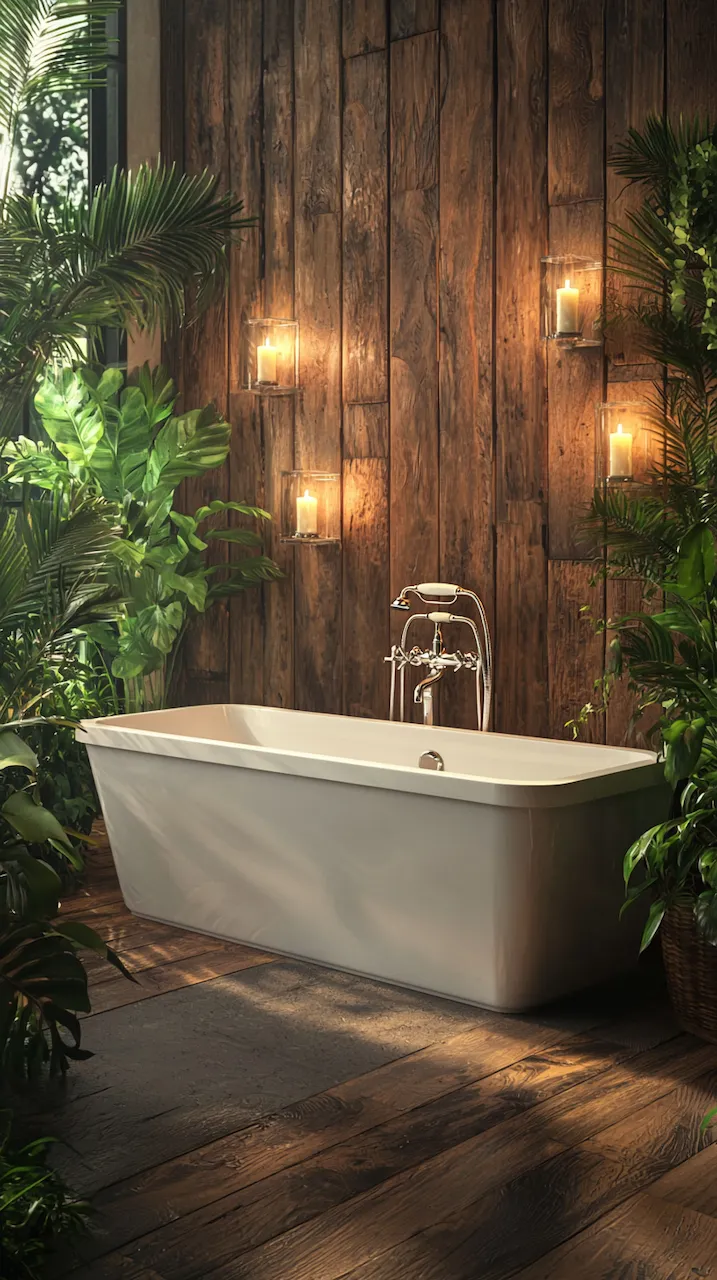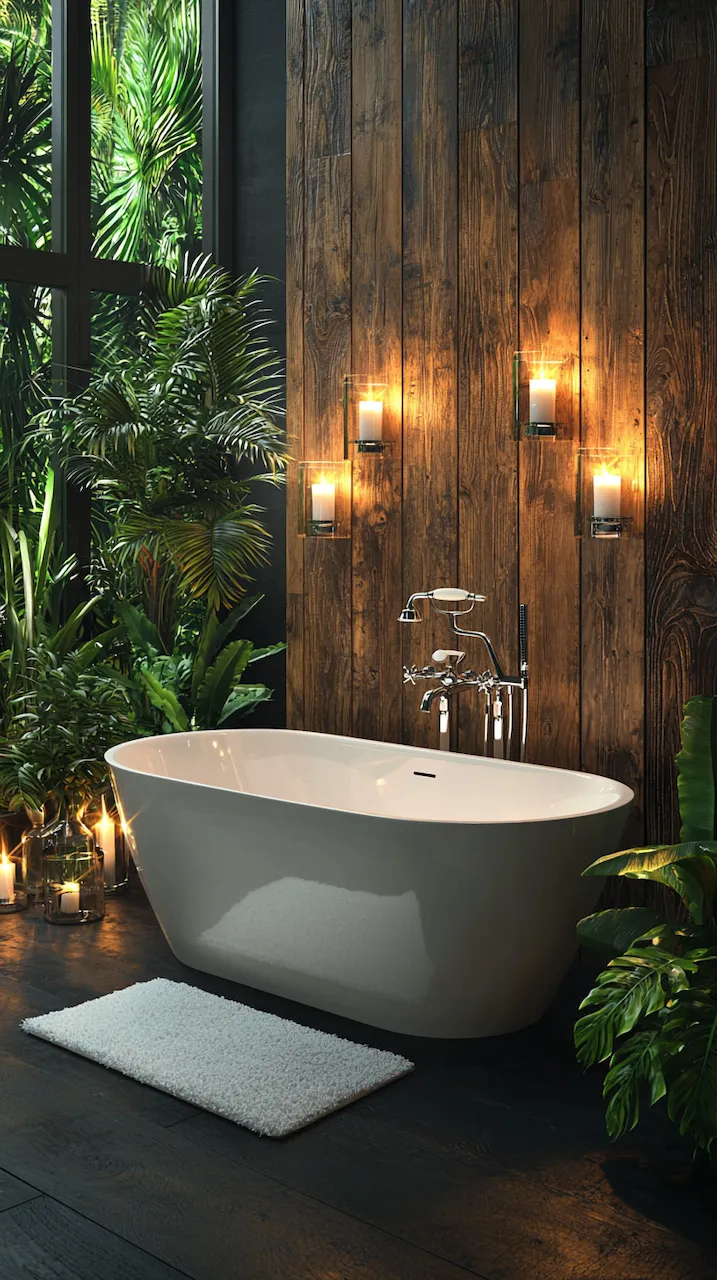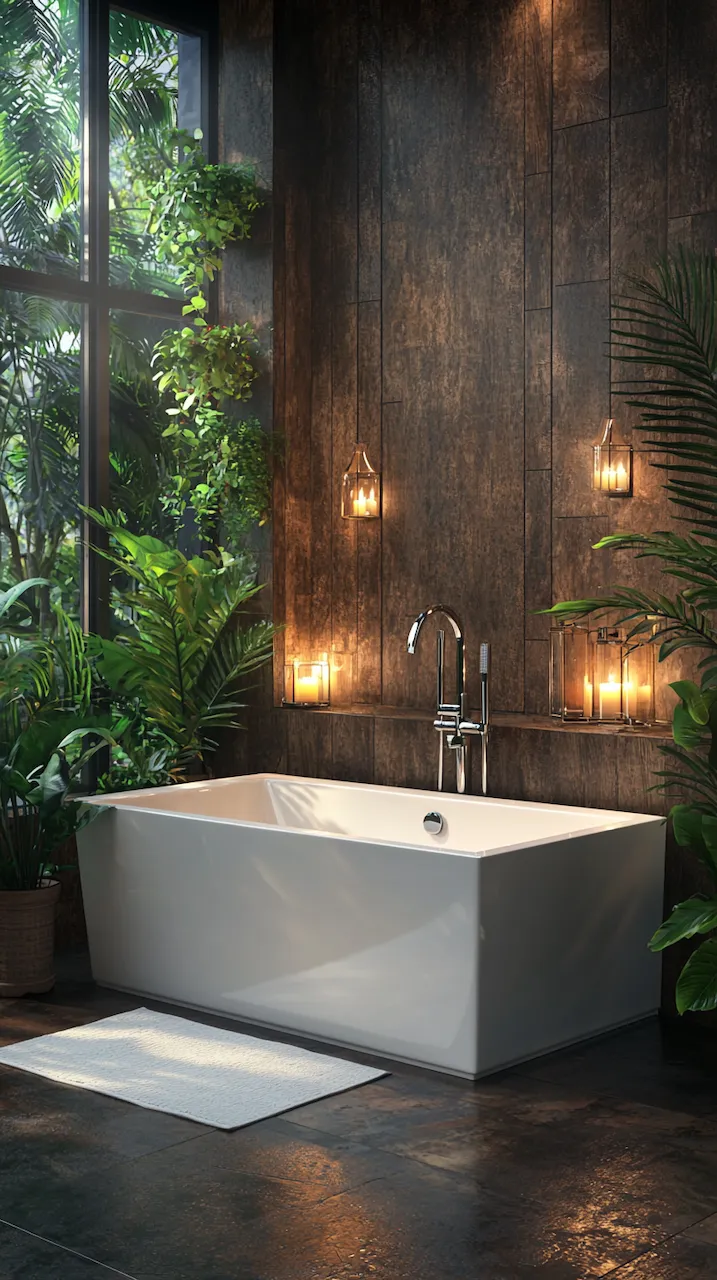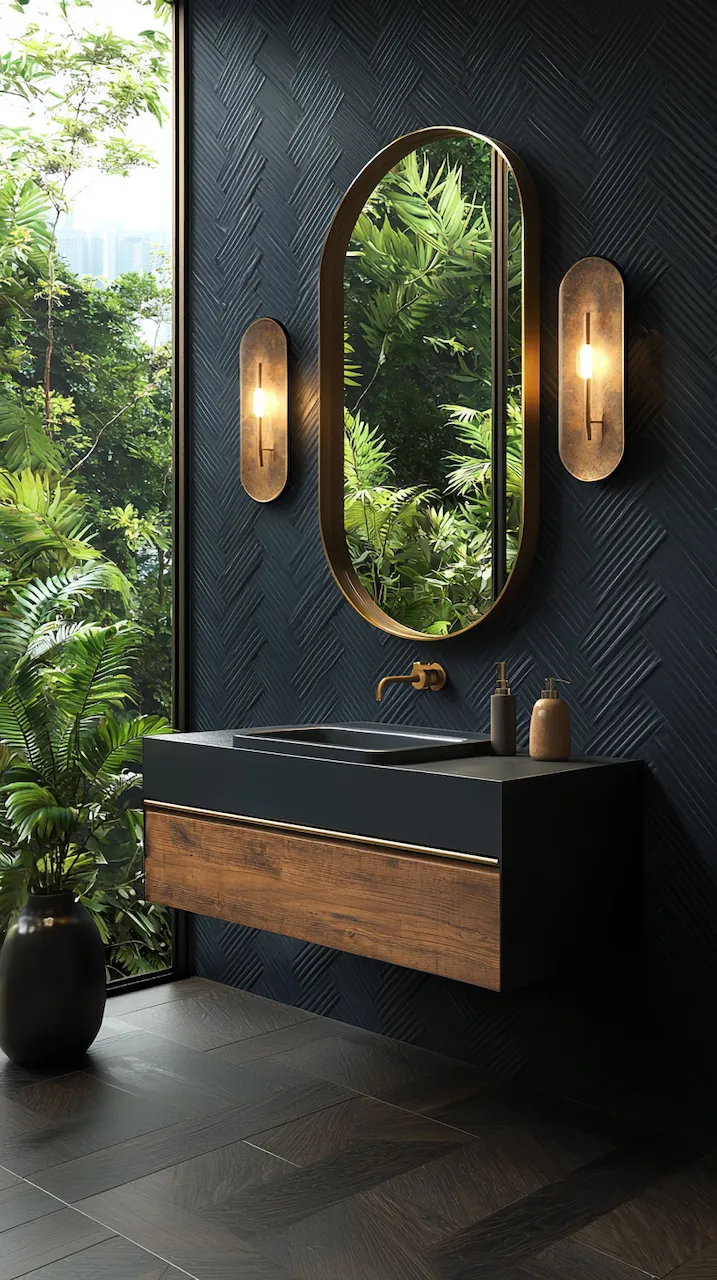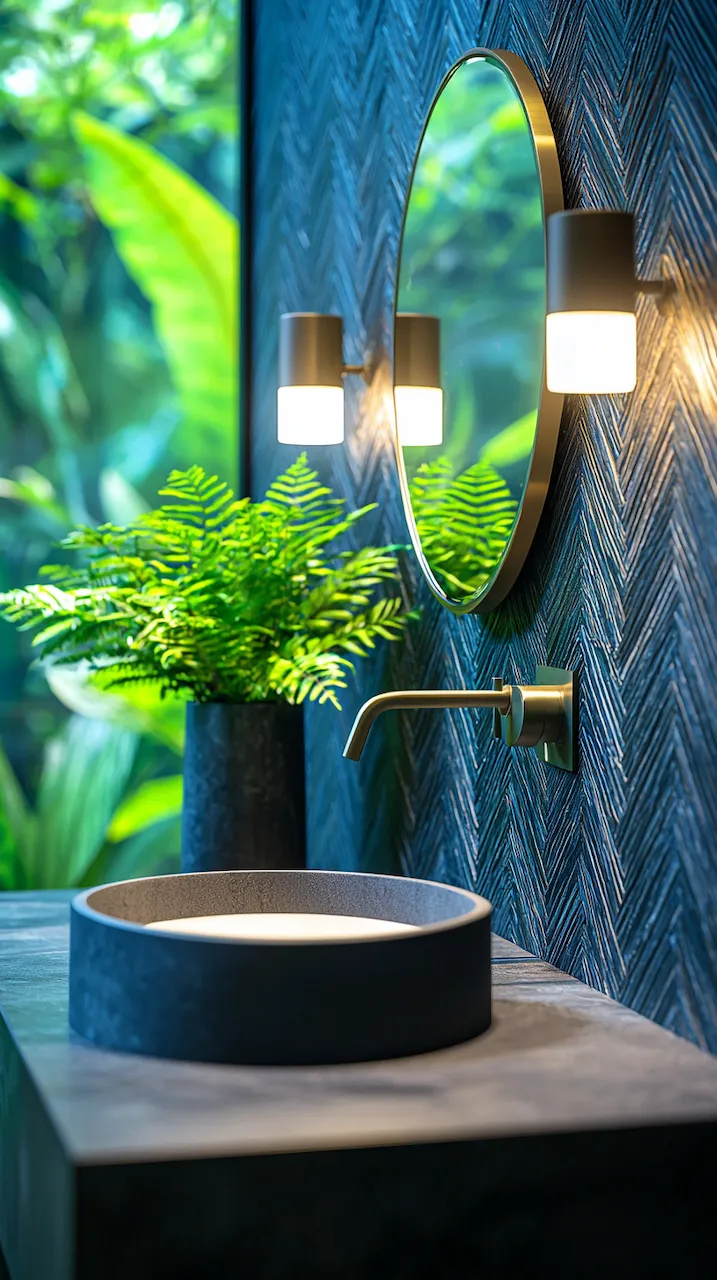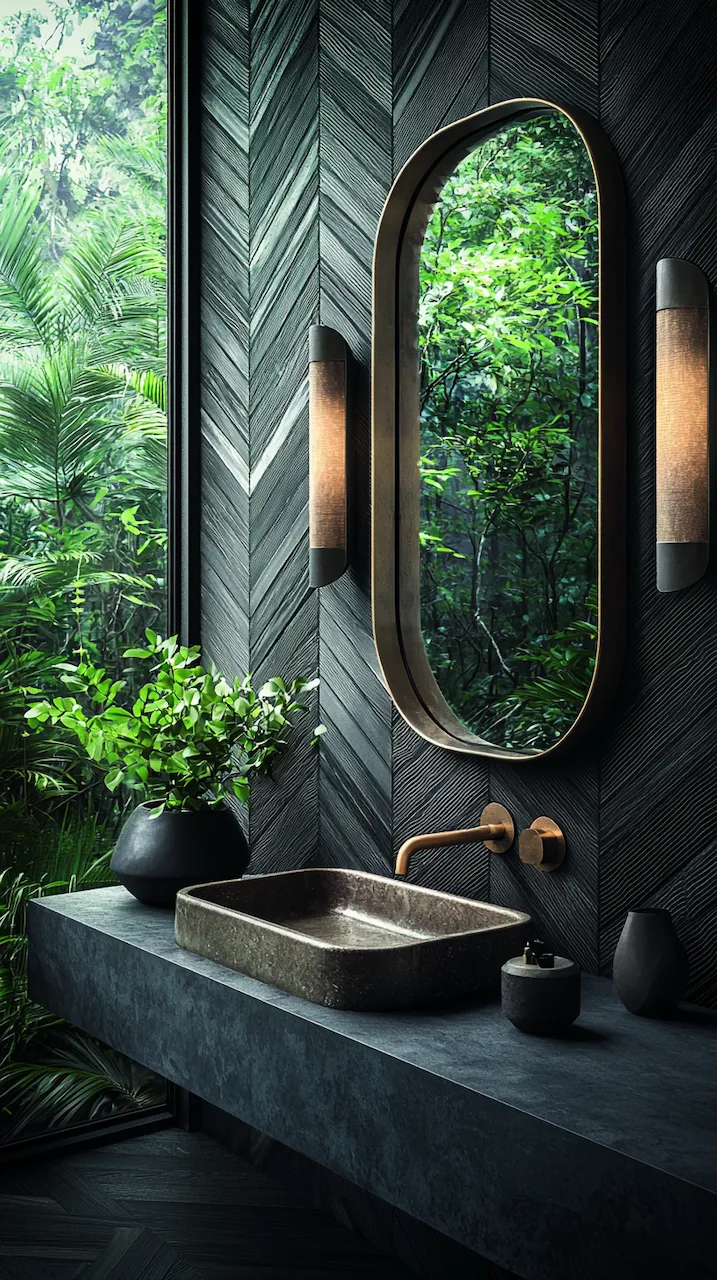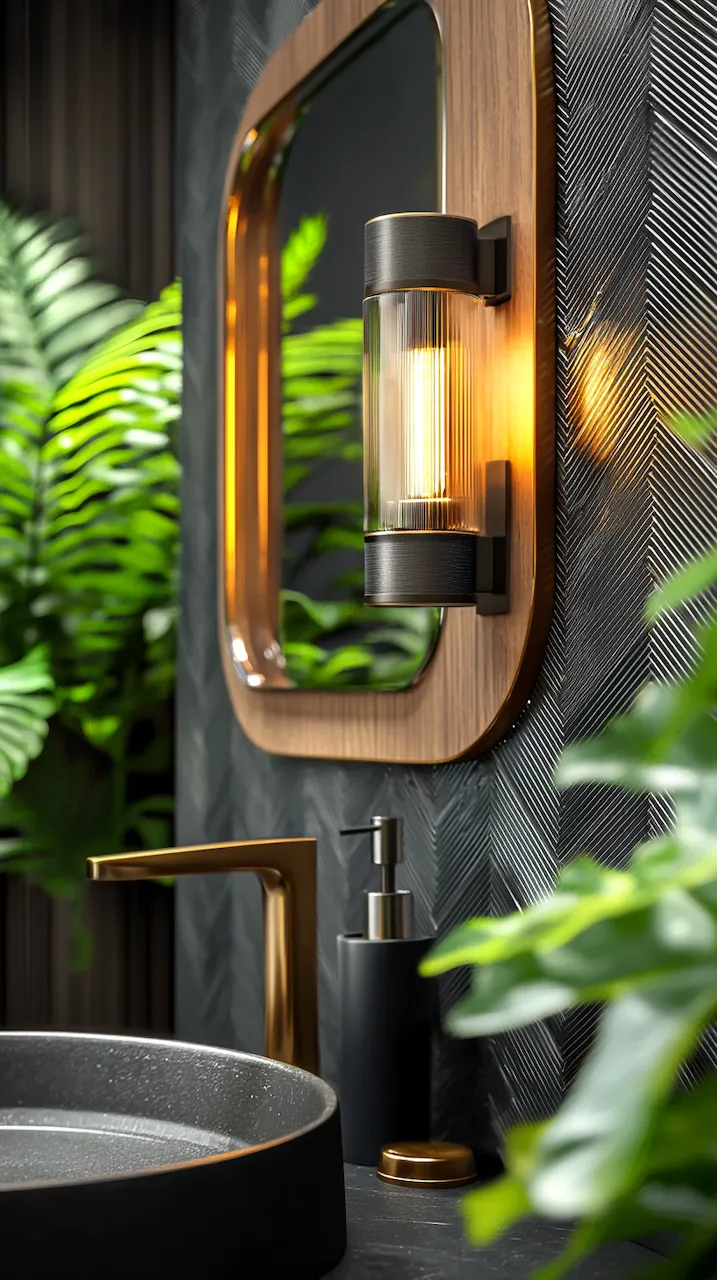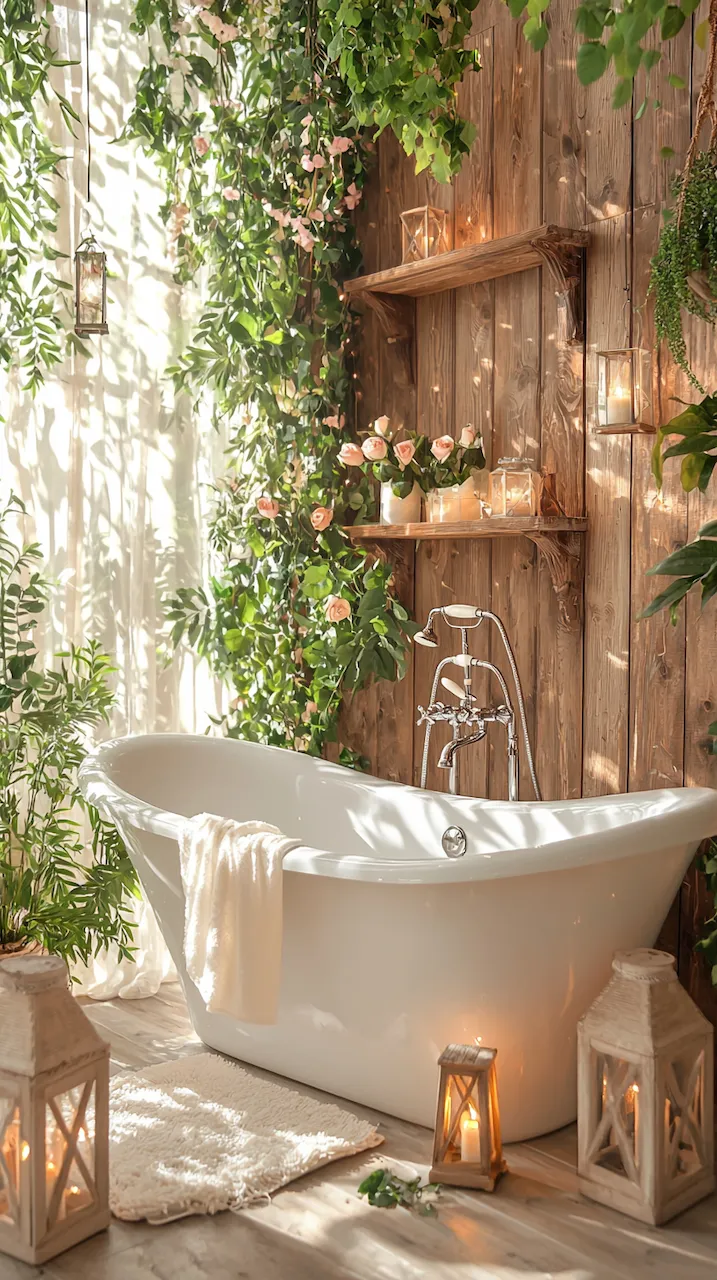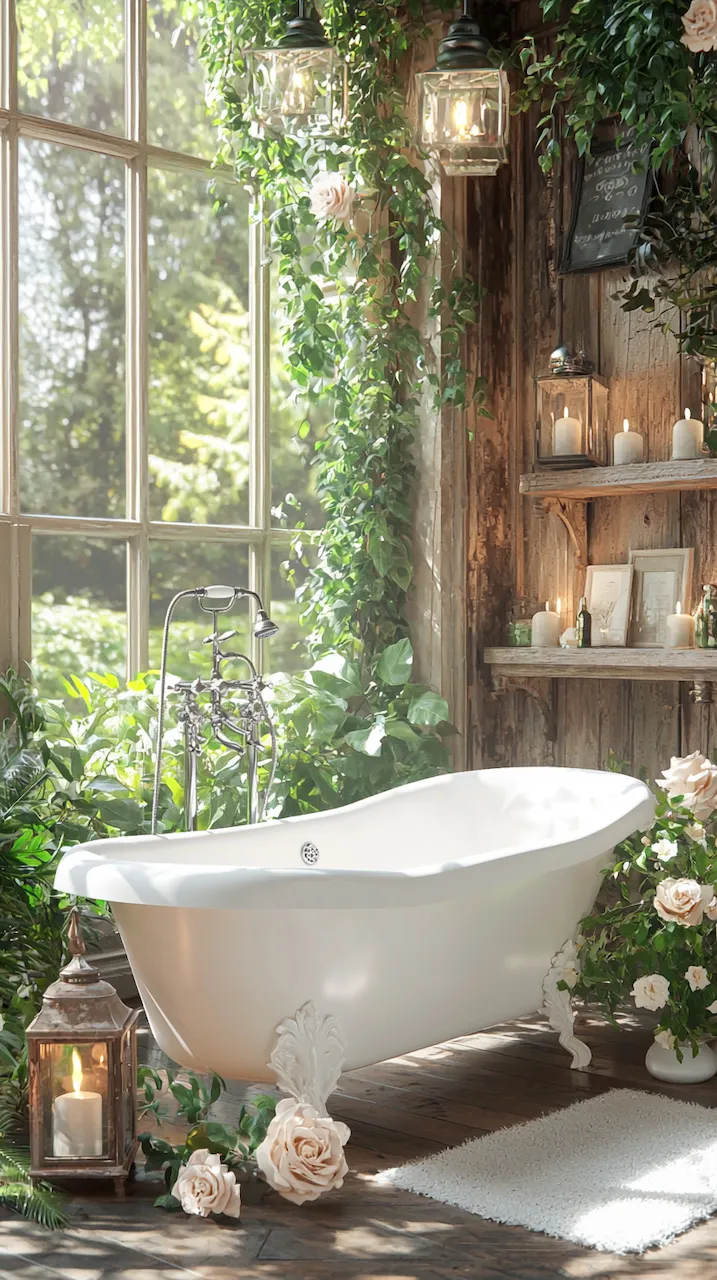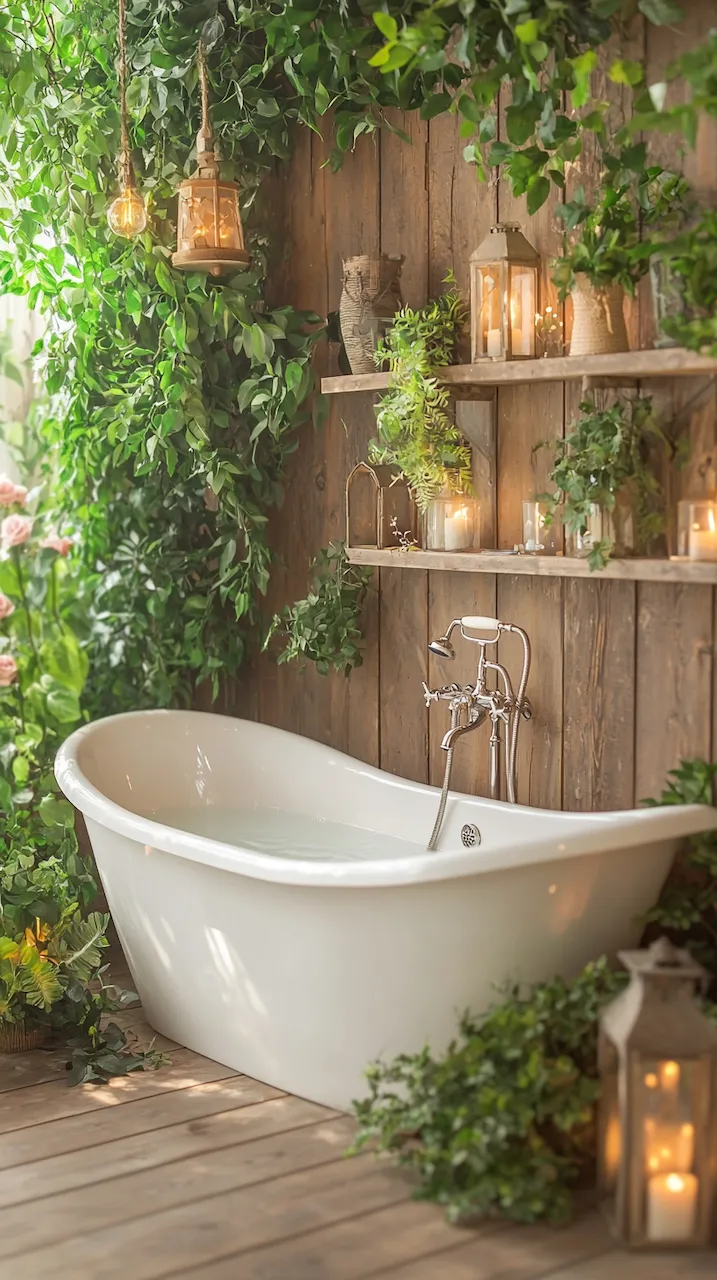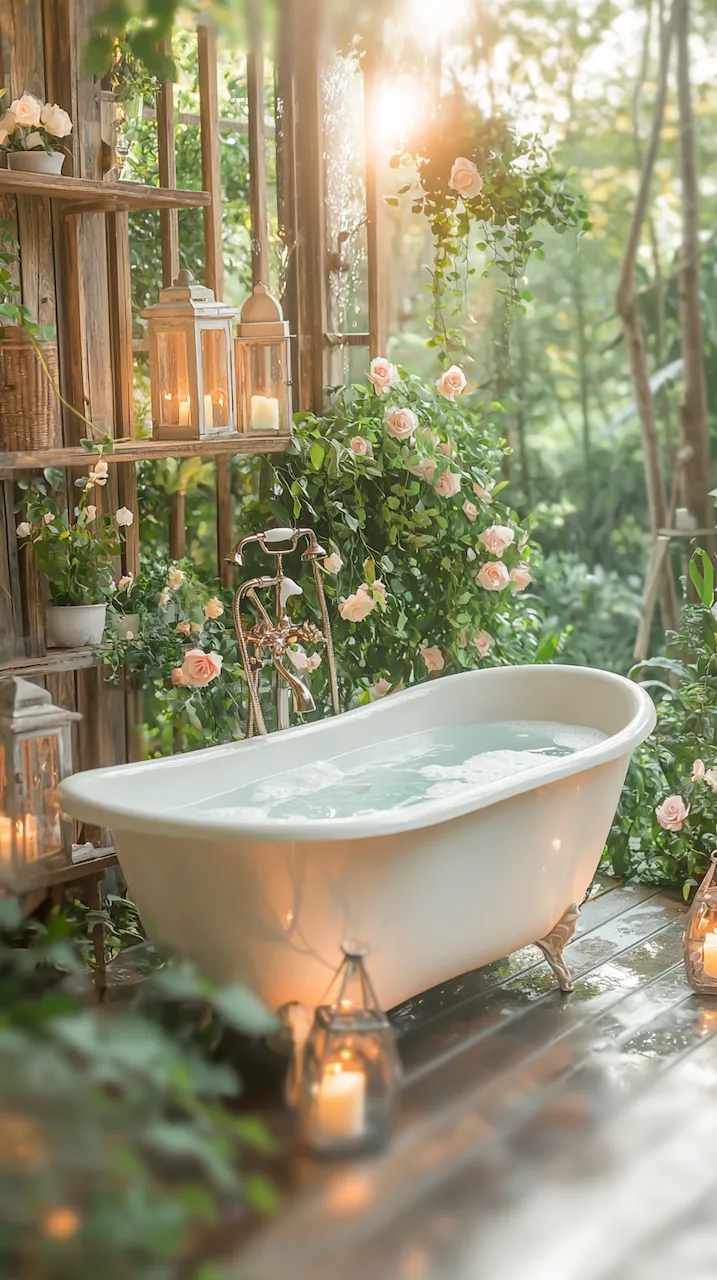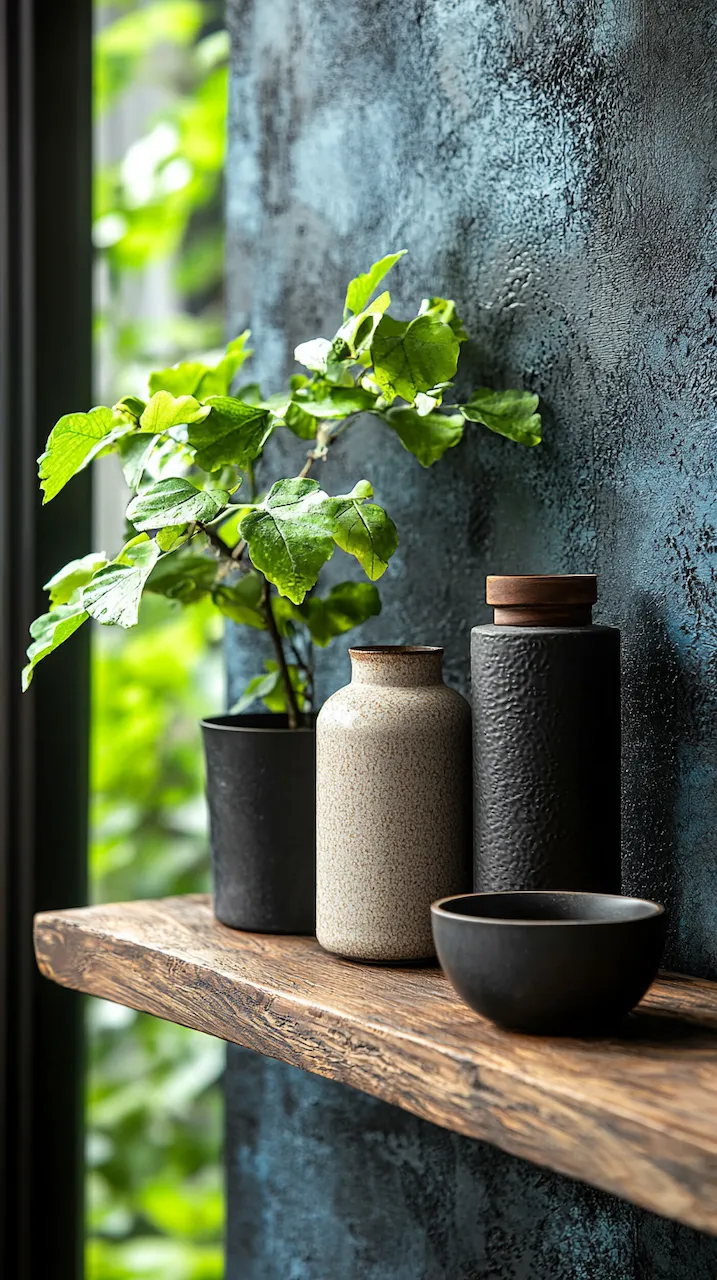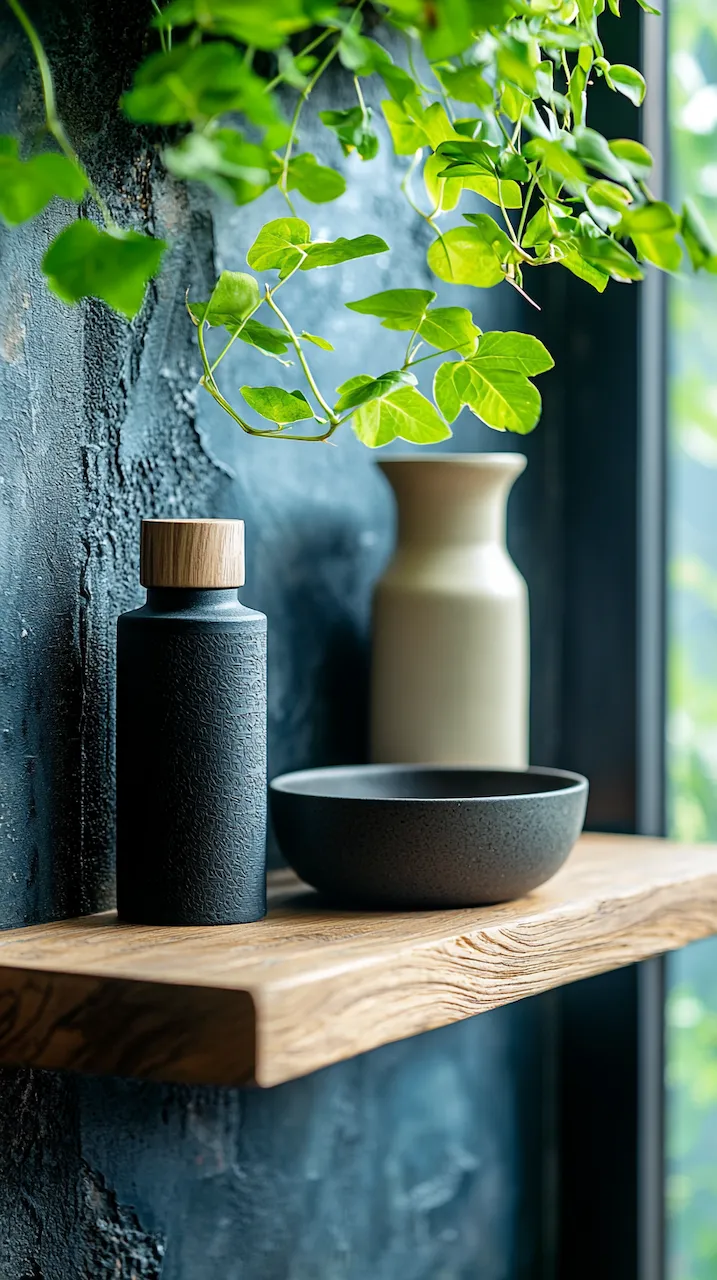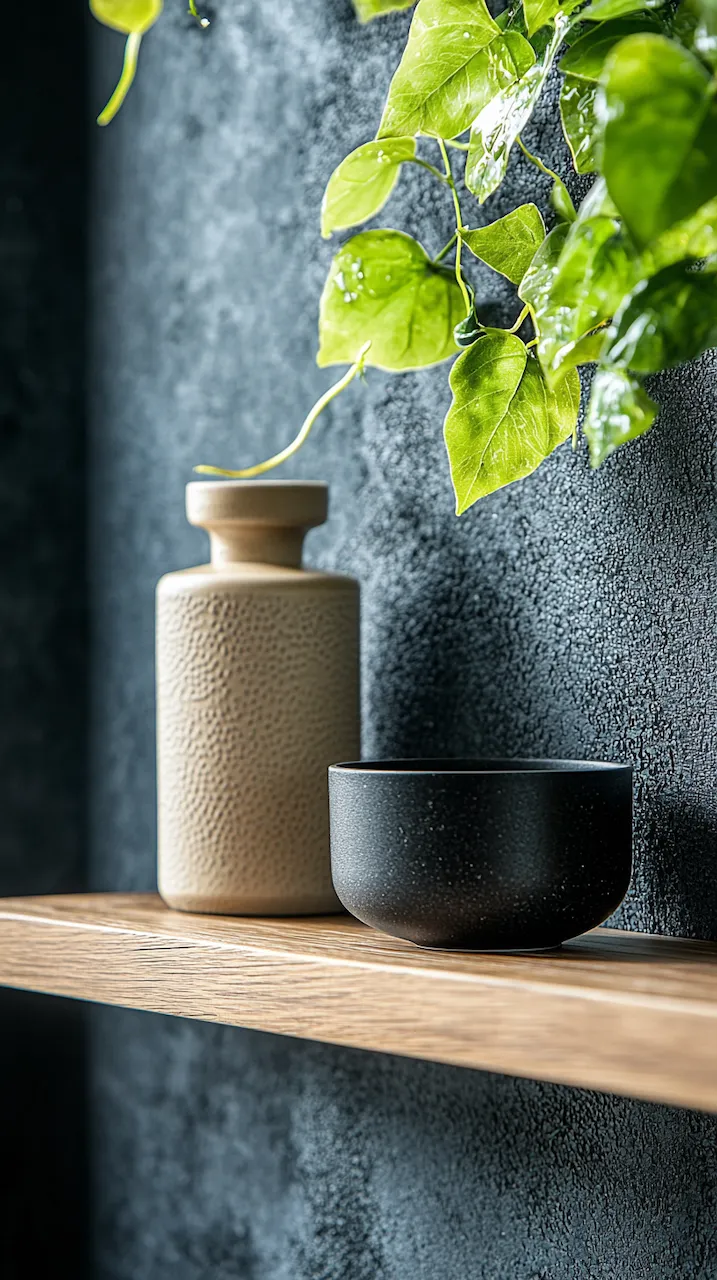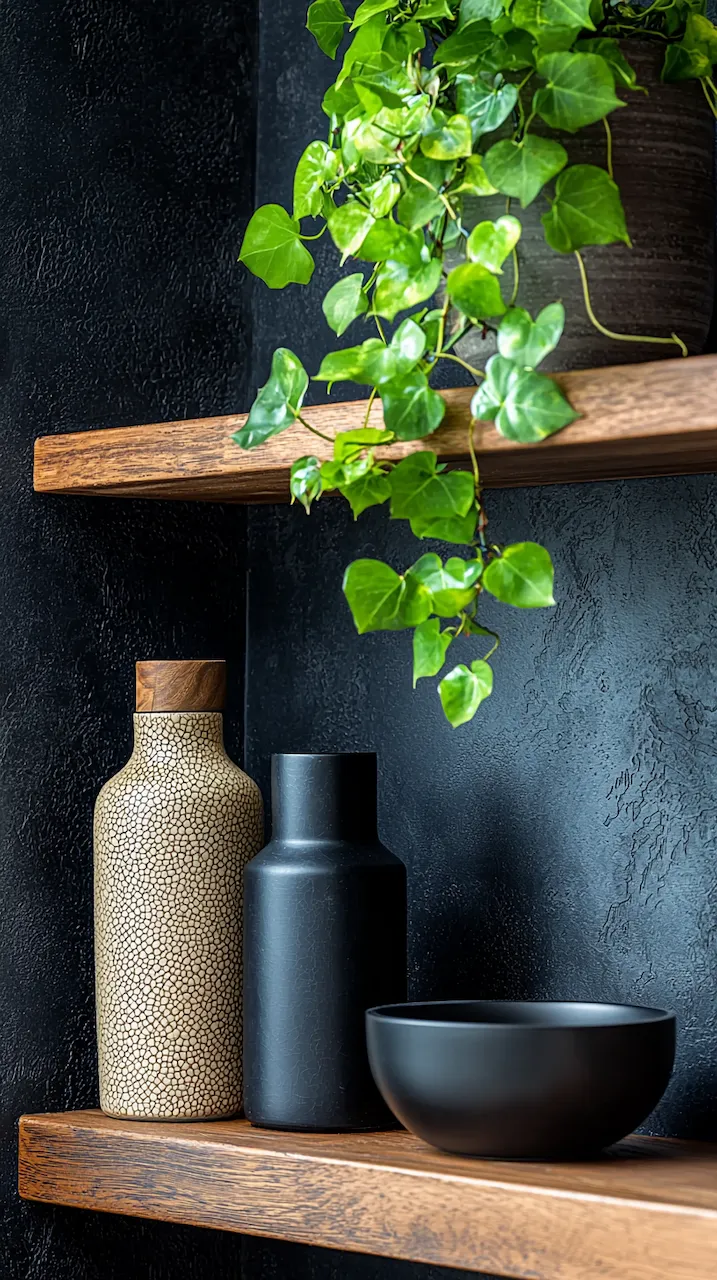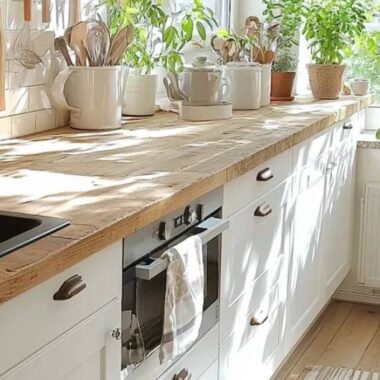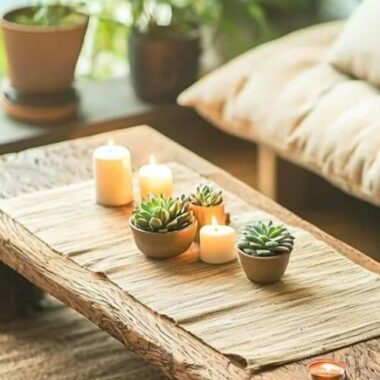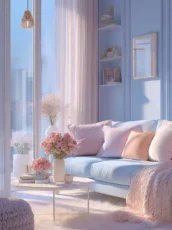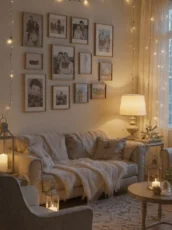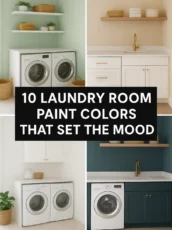Rustic Black and Wood Bathroom Ideas: Where Shadow Meets Structure
Good design isn’t just about taste—it’s about telling the truth. It’s how we reveal who we are, how we live, and what we care about. In the age of curated everything, the most powerful spaces are the ones that speak not just in aesthetics, but in arguments. A bathroom—yes, even a bathroom—can be more than a place to brush your teeth. It can be a thesis on contrast, a meditation on materials, a little temple of self-awareness. And in the right hands, a rustic black and wood bathroom is all that and more: quiet drama, tactile richness, and narrative intention—all wrapped into one unapologetically bold space.
Statement Meets Structure
A great bathroom isn’t simply a container for routine. It is a structural and visual statement—a distillation of the design logic that governs the rest of your home. Rustic black and wood bathrooms excel at this balancing act. They act as small but impactful architectural narratives, where the interplay of line, material, and tone coalesce into an aesthetic argument: that beauty is best when it’s built on deliberate structure.
Think first of the skeleton: the bones of the space must support the story. In a rustic black and wood bathroom, this often starts with surfaces. Vertical tongue-and-groove wooden paneling adds rhythm and texture, grounding the space in tactile reality. The wood—whether it be reclaimed oak, ash, or something darker like walnut—is not just a background but a player in its own right. It should look lived-in, storied, able to speak. In contrast, sleek black surfaces—matte tiles, lacquered cabinetry, even soapstone countertops—offer punctuation and focus. They bring in weight, drama, and a sense of structure that feels more architectural than decorative.
Then, focus on the layout. Even the smallest bathrooms can convey a sense of discipline when planned with intention. Floating vanities create breathing room, allowing the architecture of the floor and wall to speak without interruption. Glass shower enclosures in black steel frames serve as a grid-like contrast to the organic flow of natural wood, tying the rustic to the modern. The key is visual logic: every element should have a function beyond aesthetics. Hooks that are placed at exacting intervals, lighting that maps out the footprint of the room, built-ins that make the most of negative space—structure is not the enemy of style, it’s its co-conspirator.
Lighting, too, plays a structural role. Think not only about brightness but about how light moves across surfaces. Under-cabinet LED strips emphasize the floating effect of a vanity, while backlit mirrors turn reflections into architectural events. Sconces in matte black or aged brass act like architectural brackets, holding the visual weight of the room in place.
Materials must converse with one another. Use wood with varied grain and knotting to keep the space from looking too polished. Counter this with clean-lined, minimalist plumbing fixtures. The rustic does not cancel out the modern; they hold each other in tension. A steel-framed mirror or a polished concrete floor can balance a wood-planked wall. The secret is proportion and restraint.
Ultimately, the structure of a rustic black and wood bathroom is a statement about the kind of home you inhabit—and by extension, the kind of life you lead. Is it rooted? Is it considered? Is it confident enough to embrace contrast, shadow, and silence? When structure supports statement, the bathroom ceases to be merely functional. It becomes architectural poetry.
The Power of Asymmetry
To design asymmetrically is to design with boldness and honesty. In a world conditioned to seek balance and symmetry as the default markers of beauty, the deliberate use of asymmetry in a rustic black and wood bathroom signals a different kind of sophistication: one rooted in confidence, narrative, and emotional rhythm. Where symmetry says “order,” asymmetry says “intention.”
Start with layout. Most bathrooms are rectangular, a reality that often pushes designers toward mirrored layouts—a sink flanked by equal cabinetry, two identical sconces, a centered mirror. But these defaults can lead to sterile, overly predictable spaces. Instead, play with scale and placement. Consider a vanity pushed to one side with a large basin sink sitting asymmetrically across its surface. Let the mirror hang off-center, framed in dark-stained timber or blackened metal, visually counterweighted by a pendant light hung deliberately to one side. This orchestrated imbalance not only feels dynamic but allows for more inventive use of negative space.
Asymmetry is particularly effective in gallery walls and art choices. A cluster of irregularly sized frames, hung on the vertical space beside a window or above a towel rack, transforms a blank wall into a living narrative. Mix vintage photography with abstract prints, text-based art with family sketches—and choose frames in mixed materials: matte black, warm woods, even brass for a flicker of warmth. The result is a space that feels emotionally textured and visually alive.
Storage, too, can benefit from asymmetry. Consider floating shelves that vary in length or depth. Rather than placing them in a traditional tiered arrangement, offset them at surprising angles, letting the natural grain of the wood become part of the visual rhythm. This strategy turns everyday storage into an aesthetic composition, a kind of wall-based choreography.
Tilework offers another canvas for asymmetry. Instead of blanketing the entire bathroom in identical tiles, choose to emphasize one wall—perhaps the one behind the vanity—in a rich, matte black tile, while the others remain in subtly grained wood. Or use tiles with directional texture, like a chevron or staggered stack, and apply them only halfway up a wall. These decisions create zones within the room, visually mapping how the space is used and moved through.
The power of asymmetry also lies in the emotional energy it generates. While symmetry feels safe, asymmetry feels expressive. It keeps the eye moving, invites curiosity, and avoids visual stagnation. A rustic black and wood bathroom with asymmetrical elements tells a story not about perfection, but about the lived-in beauty of a life thoughtfully assembled.
Even in compact urban spaces, asymmetry offers spatial solutions. By staggering built-ins or placing furniture pieces at strategic angles, the space feels more dynamic and responsive. The irregularity can guide the user’s experience, leading them through the room in unexpected, engaging ways. In this way, asymmetry becomes both a practical and poetic tool, making even the smallest bathroom feel like a place of discovery and design fluency.
